




We’re so excited to bring you all a new issue of Viking to start off the school year! Paly Fall Sports are back in action after the summer off, so be sure to check out our website (vikingsportsmag.com) to read stories on every home sporting event at Paly. Viking has been lucky enough to partner with Palo Alto Online to share all our beat stories on a larger scale platform, so be sure to check that out as well. We’re so excited to both share our beat stories with you online, but also bring you the first print issue of Viking of the 22-23 school year.
Our Cover story, “California: Taking a Gamble” (Page 34), discusses California Proposition 26 and 27 and the impacts sports gambling has both on Paly students and on Native American tribes in California.
Over the summer, many Paly students adventured across the globe; both land and sea, doing their respective sports. In June, a group of seven Paly students set out to bike from Portland to California. “PDX to PA: Bikepacking” on page 18
explores the athlete’s adventures over seven days on bikes.
On the other side of the world, Paly junior Cal Currier broke world records this summer sailing across the Atlantic Ocean from Massachusetts to Portugal. Read more about his journey in “King of the Atlantic,” on page 40.
The Vikings spent all summer working hard, with some going to National Level Competitions and others going on personal journeys. “Summer Superstars” on page 32 showcases their accomplishments.
Now that the fall sports season has begun, athletes are back leaving their mark
both academics and athletics.
On a more serious note, over the last few years we have watched the nicotine and vaping craze slowly reach our athletic community. On page 28, “Benching Nicotine” looks into the affects nicotine and vaping devices have on athletes and how they have reached Paly athletic teams.
The Viking Staff took their shot at West Point Military Academy fitness testing, preforming push-ups, sit-ups, pull-ups, a basketball throw then running a mile. Check out their results and qualifications on page 44.
Be sure to check out our Viking Podcast, Vikes on Mics, available on both our website and Spotify. Podcast Host Oliver Marburg discusses high school, collegiate and professional sports, with a focus on Palo Alto High School.
Well that’s about it Vikes! We hope you all enjoy the first issue of the school year and can’t wait to see everyone’s athletic achievements throughout the year. Sko
Certain sports in the American Conscience are associated with one gender. Football is the first sport that comes to mind. The sport has been around since 1869 and was played almost exclusively by males until very recently. Excluding the Lingerie Football League – more of a short-lived exhibition than a serious attempt at league sports – the Women’s Spring Football League was the first serious attempt at adult women playing tackle football. But there are no such women’s football leagues in college, let alone at the high school level.




Flag football has gained in popularity recently for all youth athletes – regardless of gender – because it has a lot of the fun associated with tackle football, without the potential negative effects from a contact sport. Despite this surge in popularity, there is as yet no high school flag foot-
CIF-Southern California decision has yet to be matched by the Northern Section of California.
The staff here at Viking believes that having a girls flag football team in high school would be a positive development. Football, one of the largest U.S. sports and most popular high school sports, has only been available to one gender at Paly (and elsewhere). But Viking believes that many girls at Paly would enjoy the opportunity to play the sport competitively, would compete favorably in the sport, and that the sport would provide yet another avenue for student bonding and school spirit. A girls flag football
team at Paly might also have the lon ger-term effect of allowing girls a greater opportunity to connect to the most popular American sport, football, for the rest
In general, an introduction of flag football at the high school level — and to Paly in particular — will enhance overall enjoyment of the sport and our school spirit. Sports are great at uniting people for a common cause and implementing flag football into our high school program will enhance that unity, especially for many girls at this great high school.

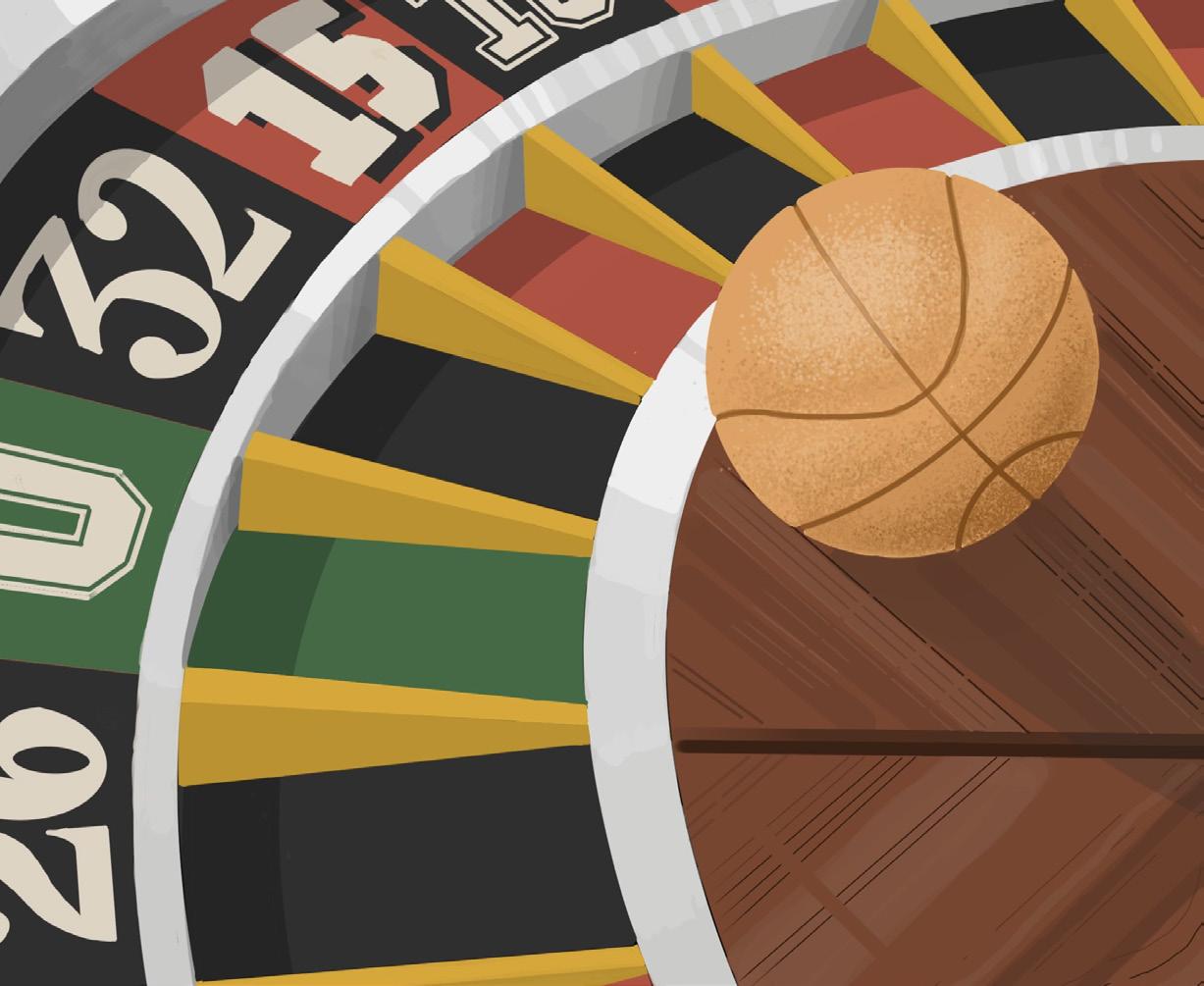
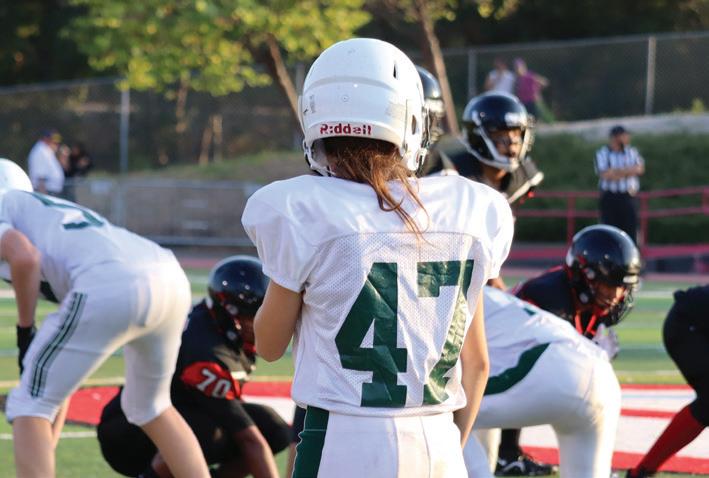 design by OWEN BITTINGER
design by OWEN BITTINGER
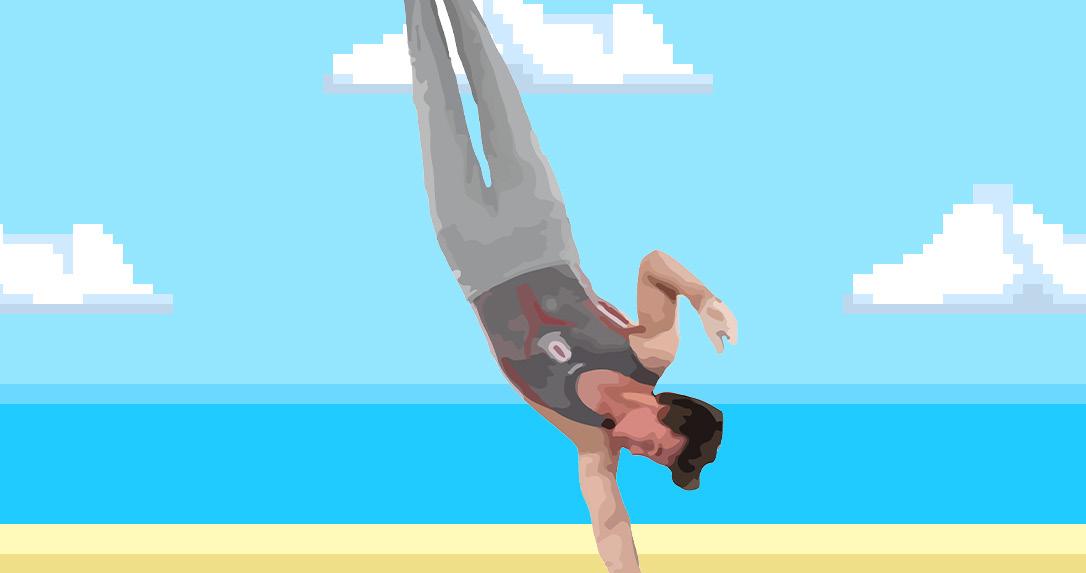
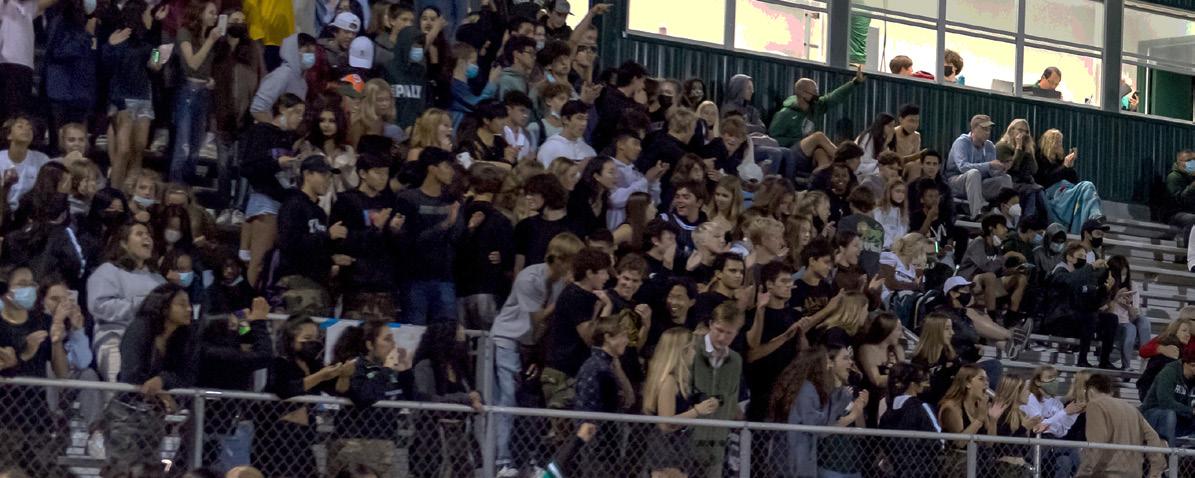






Paly girls water polo shut out MenloAtherton for their first win of the season, 4-0. “We came out with very strong defense and communication and it continued throughout the game and the execution was all there,” Paige Henry (‘23) said. Pictured: Fallon Porter (‘26) begins her counterattack, dribbling up the pool.
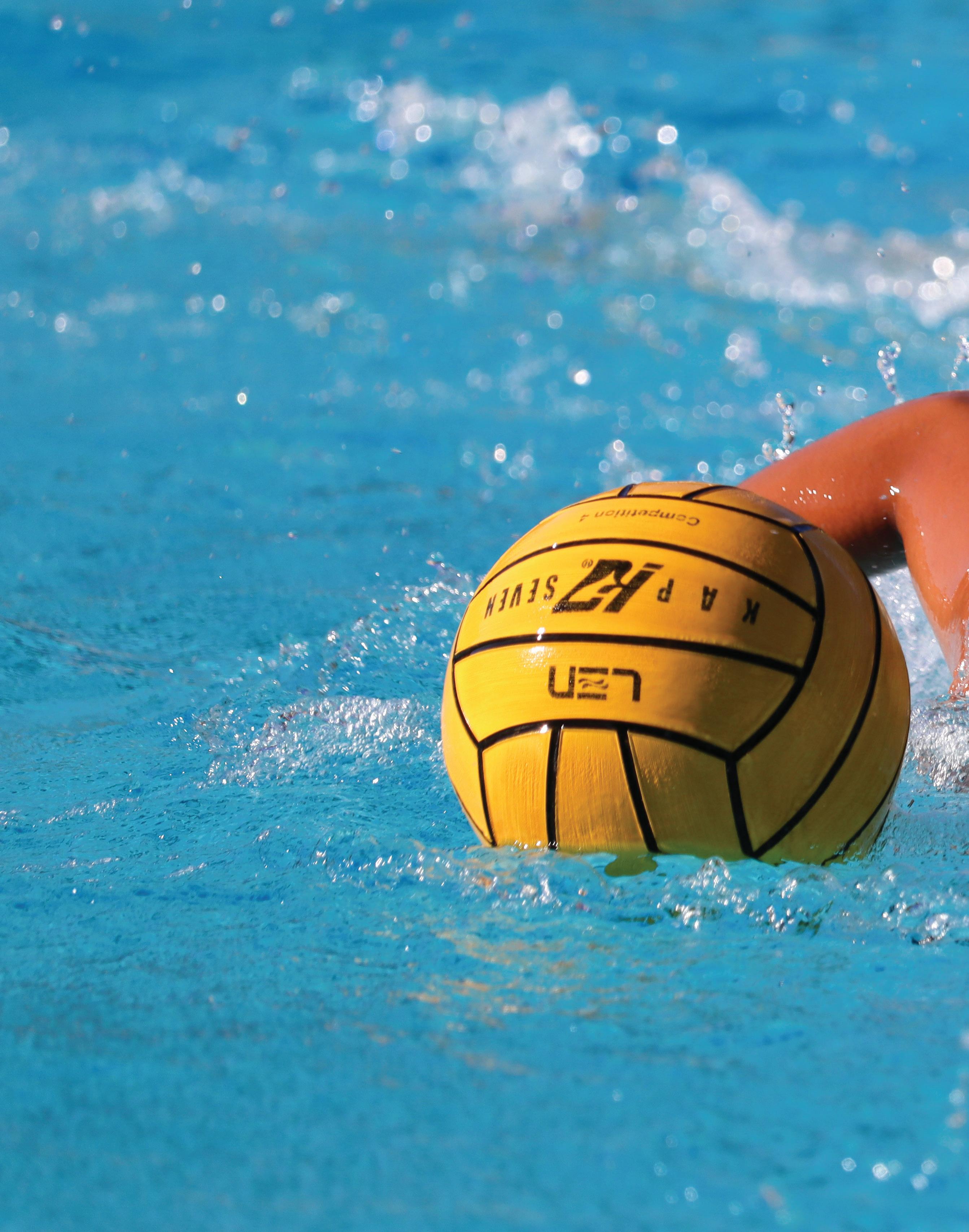
 Photo by Caleb Wong
Photo by Caleb Wong
Paly girls golf defeated Monta Vista for their first league win of the season with a score of 208-239. “It felt good [to defeat Monta Vista],“ Allyson Lee (‘23) said. Pictured: Angelina Chen (‘24) watches her shot after swinging at the Bayland’s 16th hole.
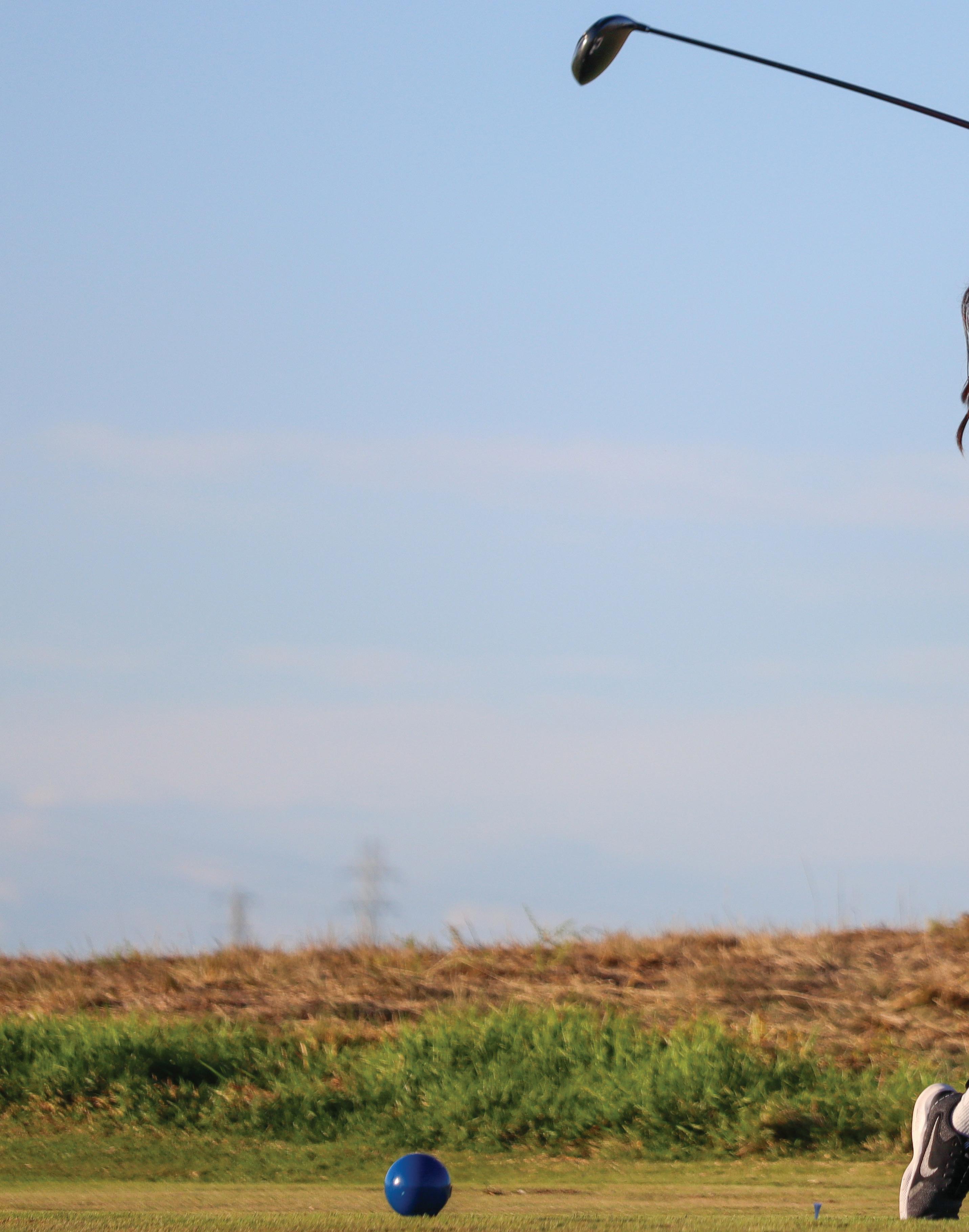
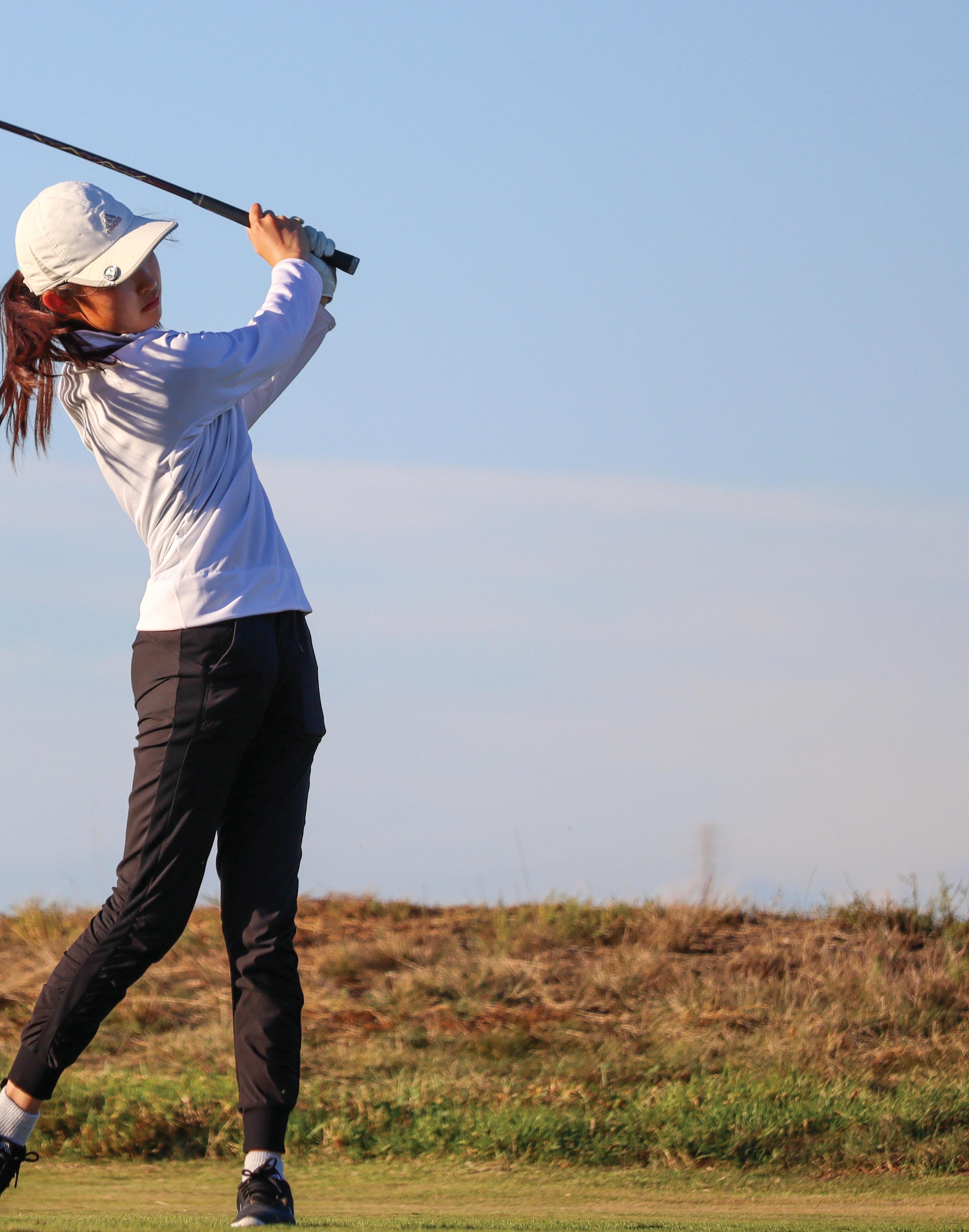 Photo by Caleb Wong
Photo by Caleb Wong
 Photo by Tyler Wong
Photo by Tyler Wong
Paly football played crosstown rivals Gunn for the first time in 12 years, winning 41-0. “The game was amazing,” Va’inga Mahe (‘23) said. “We were firing on both sides of the ball.” Pictured: Luke Young (‘23) flexes after blocking a Gunn player.
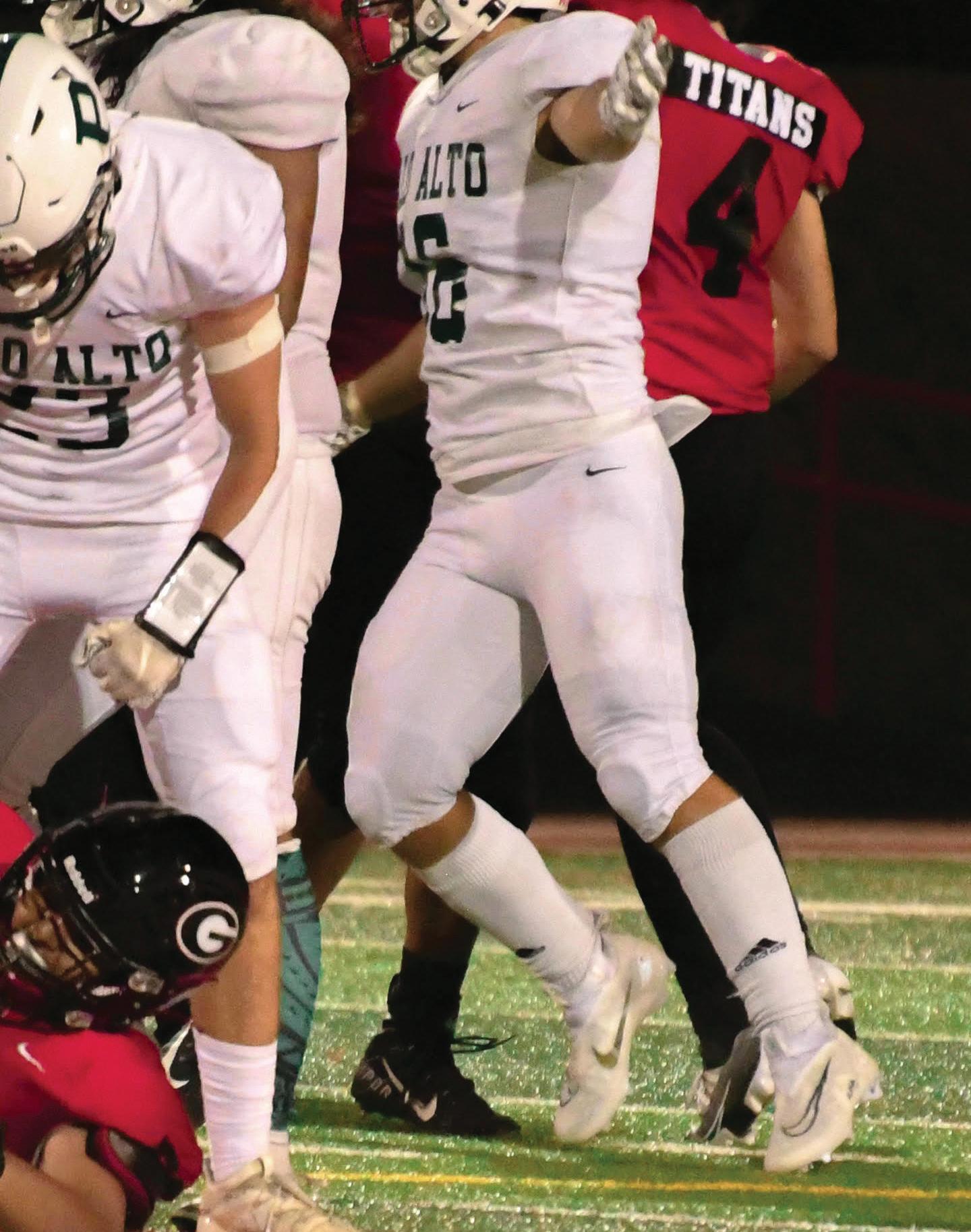



A competitive attitude is the key to Football. Football requires long hours of training as well as time in the weight room. These athletes are focused on their goals and don’t stop until they achieve them. You must be able to perform drills against teammates with the same intensity as your opponents. These players must also be willing to risk their bodies when tackling their opponents while also being resilient with injuries. “One aspect of my personality that helps me excel in football is my ability to lead,” senior Jack Newman said.




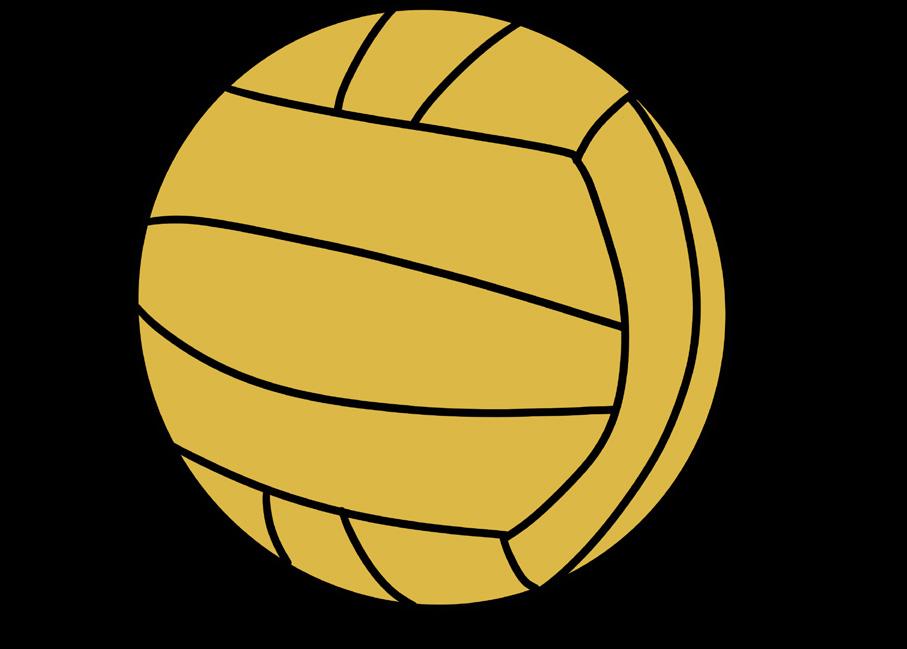

Water Polo players are fiercely determined. They put in the hours to get the results they want. Waking up early for morning practice and jumping into a cold pool takes a lot of commitment. They are hardcore and have incredible endurance. “Waterpolo is hard because it’s a fast paced game that requires a lot of focus and constant intensity,”junior Mary Henderson said.
Tennis players are some of the most skilled and intense athletes. To play tennis you have to be able to hit the ball at a precise angle to beat your opponents. These players have excellent hand-eye coordination and fine tuned skills in the art of deception. “I really like playing tennis and it’s fun to challenge myself by practicing with talented team members,” junior Carlin Lee said.

If you got field hockey, you are super fun and a cheerful player. You are the kind of teammate with excellent sportsmanship and a lively spirit that translates onto the field. In addition to this, you are not afraid to bring intensity to the game and aggression on the field. “I think field hockey itself is a sport that takes a lot of determination and there are so many skills to learn in order to be able to play at a basic level,” senior Kellyn Scheel said.


SALT, or Student Athletics Leadership Team, is a club at Paly dedicated to promoting sports games for all teams in an effort to attract more fans.

SALT decides the themes for Paly games and encourages members to attend the games to bring bring more fans to our Paly teams.
It is a great way to get involved with Paly athletics from a leadership perspective.
SALT is the student voice on the athletics budget and works to improve our athletic facilities.
They are currently working on painting a mural for the Paly Softball dugout.
To join: Text palysalt to 81010 or email sl29001@pausd.us
Founders senior Sami Lee and sophomore Lydia Mitz, pose together. Photo courtesy of Sami Lee.
Every afternoon around 4:00, the Paly football team streams out onto the hot grass field, cleats crunching, adrenaline pumping, and face and body sweating under heavy helmets and pads.


Although most of these players look identical in their matching bright green uni forms and oversized pad ded helmets, one stands out. Freshman Lara Saslow.
Despite being the only girl on the team, she re mains dedicated and shows a willingness to learn the sport.
”[Saslow] comes to everything and isn’t like ‘oh poor me, whatever,’ and does everything [at practice],”
Coach Jason Fung said. “She’s proba bly the most consis tent player out of all the freshmen I have in terms of showing up.”
Each practice,
by TYLER FRICK and CALEB WONGwhen the team divides up into their respective disciplines, Saslow joins the special teams group. Here, she practices her kicks, repeatedly kicking the pigskin, trying to get better and better Saslow is one of the few female football players in Paly’s program history. Her presence on the team comes less than two years after Vanderbilt kicker Sarah Fuller became the first female player to play Power 5 (the top five college football conferences) Division I college football. Fuller broke barriers on November 28, 2020, when she kicked off for Vanderbilt against Missouri. Two weeks later, she scored two extra points
against Tennessee, becoming the first woman to score in a Power 5 game.
“I think [Fuller] is really inspiring,” Saslow said. “I think it’s great to share these stories that can give other girls the confidence to play male dominated sports.”
Unlike Fuller, Saslow is not limited to just being a kicker. Currently, she plays as a wide receiver while on offense and a cornerback on defense. But she has not stopped here. She also spends her time learning a fourth position.
“I started out with just place-kicking and now my coach is helping me learn how to be a punter,” she said.
Unlike some others, Saslow didn’t grow up playing football through elementary or middle school. Nor did she play a power kicking sport like soccer. Instead, throughout elementary school, she played competitive ice hockey, which helped prepare her for the toughness that comes with playing football.

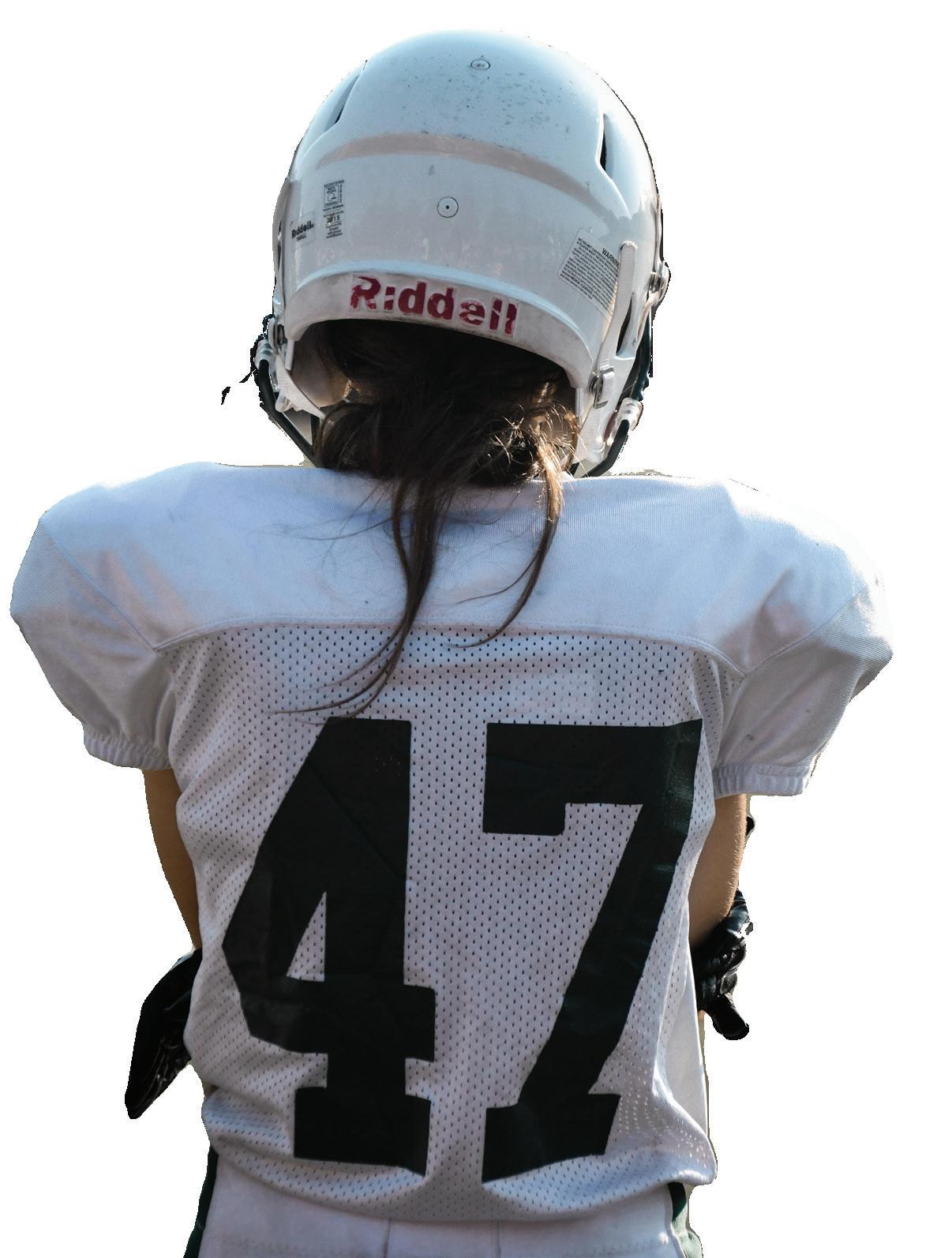
“I stopped [playing ice hockey] and didn’t play any team sport for all of middle school, which I regret, but I’m happy now to have found football,” Saslow said.
Fung is happy that Saslow decided to join the team this year.
“She’s probably the third girl that’s [played] since I’ve coached, so it’s exciting to see,” Fung said.
Beyond the simple fact of her gender though, Fung really appreciates her passion for the game, and the work ethic she
Freshman Lara Saslow, the jack of all trades for the JV football team, is quickly setting a new standard. She is swiftly changing the spectrum of the sport as she learns the game.brings to the field. He enjoys that she rises up to the challenge and the size differences and does not back down from it.
“She likes football and she’s great,” Fung said. “It’s still great to see as she overcomes that size differential. She’s not the biggest one out there. She’s not the smallest one out there. But at the same time, when you get impacted by a hit, it’s still a very violent sport.”
Saslow has been loved by her teammates as she helps bring the team spirit up and helps motivate the rest of the team for their games. Senior captain Vainga Mahe thought it was cool to see her stay committed to the sport.
“We’ve had girls say that we’re going to come out to play football but never show up,” Mahe said. “So it’s cool to see Lara come out to practice and see her play football.”
Given the limited history of girls playing football, the idea of Saslow joining the team raised many eyebrows.
“When I first started talking about the idea, many people thought I wasn’t capable,” Saslow said. “This pushed me even more. I wanted to prove them wrong and I wanted to challenge myself and football seemed like something that would be hard and demanding.”
At heart, Saslow is a team player. She’s committed to doing anything possible to help the team win.
“I would love to be the main kicker/ punter. I’m still working towards that and aim to help our team win in any way possible,” Saslow said. ”I can’t wait to see how the team comes together.”
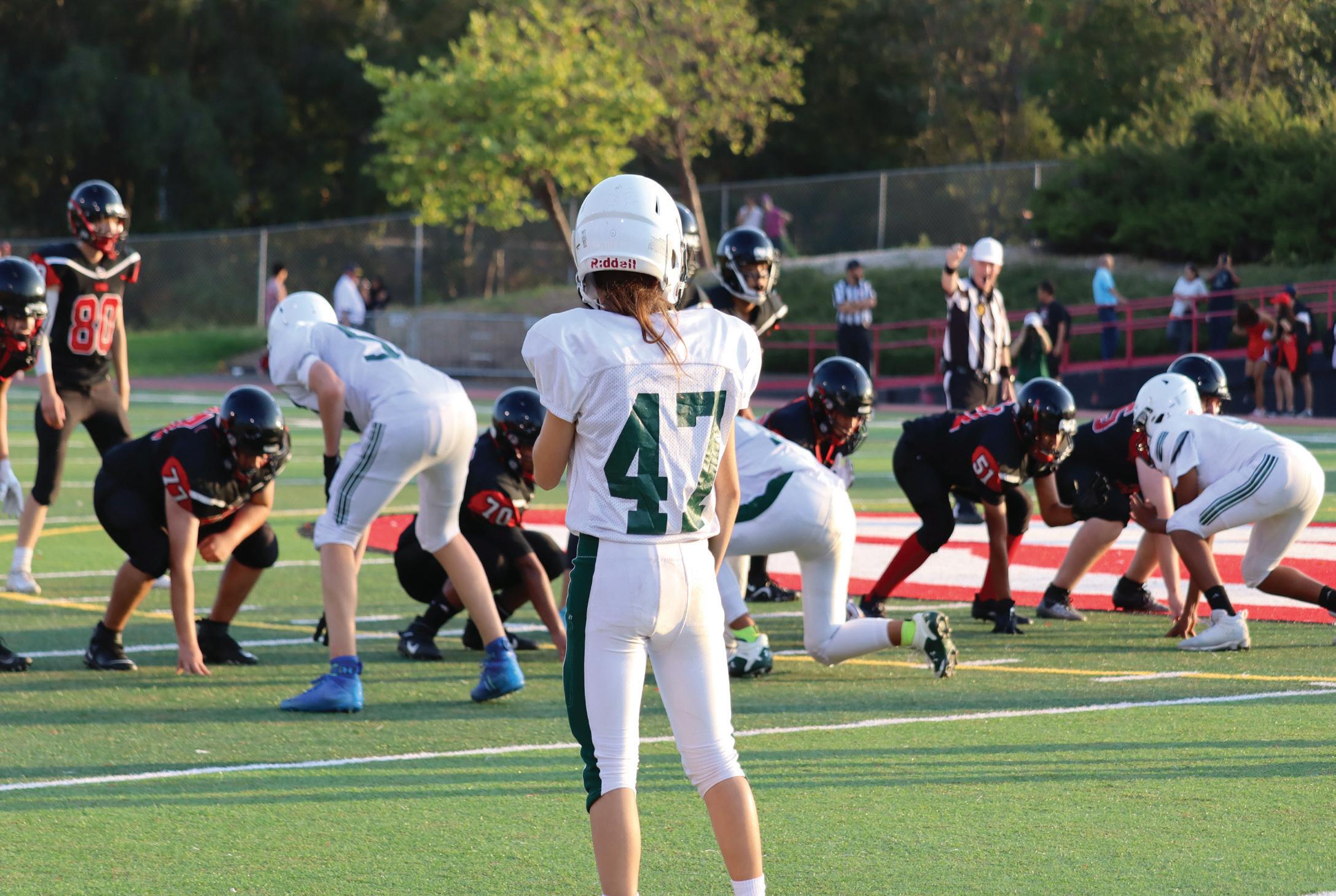
Saslow is still very excited for the rest of the season; she can’t wait to experience the many teams she is going to see even after their first game did not go the way
they wanted it to.
“Our first game at St. Ignatius was not great,” she said. “We gave it our all but they were just better. We lost by a good amount but now we’ve moved on and learned from our mistakes.”
The games Saslow is most looking forward to were the biggest games in the season, the ones against Gunn and Homestead.

“I can’t wait for the game at Gunn because it’s a big rival school,” she said. “I’m also excited for our Homecoming game which should have a big crowd.”
For Saslow, it’s all about the experience. She loves the exploration football provided her, and her teammates and coaches appreciate her impenetrable drive to improve. Despite being only one of a few women to play on the team, the most impressive part of it for Saslow is learning about the sport and feeling like part of a family.
“I’m really excited to keep learning about the game and play different schools.” Saslow said. “I can’t wait to see how the team comes together [and finishes off the season] overall.”
“She’s probably the most consistent player out of all the freshmen I have in terms of showing up.”
- Coach Jason Fungby TYLER HARRISON and HILLARY STUDDERT art by OWEN BITTINGER
 Photos by Elizabeth Fetter
Photos by Elizabeth Fetter





Following a 20-hour train ride from San Francisco to Portland filled with card games and sleep, the group of seven embarked on their journey from the train station. The ride was short that day, only around four miles to a family friend’s garage where they were greeted by a nice home cooked meal and spent the night.

Feeling well rested, the group headed out for the day with excitement buzzing around the thought of seeing the Oregon coast. 65 miles in, the group stopped for a well-deserved meal in Newberg, Oregon. Shortly after that, Paly alum Sebastian Accetta got the group’s first flat tire. Quickly patched up, the group continued the first full day of biking. After reaching the coast in the late afternoon, the 108 mile day finally came to an end at Beverly Beach Campground.

This summer, a group of current Paly students and alums embarked on a not-so-typical trip: 800 miles, eight days from Portland to Palo Alto on a bike, carrying their supplies. It was no easy feat. The group experienced numerous highs and lows over the journey, highlighted below.





This morning, the group was unpleasantly woken up by a rainstorm. Their supplies, sleeping bags, and bikes were soaked, but they began the long day regardless. The first 20 miles were wet, grey, monotonous. The group stopped for lunch in Bandon, Oregon, where they picked up sandwiches at a local deli.
A recurring conflict throughout the trip was where to eat — some members wanted an indulging restaurant meal, while others were satisfied with some grocery store delicacies. They finished the day in Winchester Bay, where they had a well deserved rest at Umpqua Lighthouse State Park.






Leaving what group member Martin Stier described as “a meadow pocketed between mountains,” the group traveled across the tallest bridge in Oregon, then down the coast before they hit their lunch stop, a Fred Meyers grocery store. This day brought a big milestone: they had crossed into California. After picking up dinner at a Safeway, the 112 mile day ended at the Elk Prairie Campground, where the name lived up to expectations — masses of elk surrounded the group as they arrived.

“For lunch [that day] I ate a whole apple pie”
- Phela Durosinmi
This day brought several ups and downs. The group experienced a lot of flat tires, which may not seem like a large inconvenience, but stopping for long periods of time proved a nuisance. “It was very mentally draining because you had to give 100% attention every second to stay safe and away from the cars which just taxes you,” Sebastian Accetta said.
For dinner, the group stopped at a homey diner — many declared this to be the best meal on the trip. The night was not as smooth as it could have been, though.
The group, all ready to tuck in for the night after an 100 mile day was unpleasantly woken by a ranger, who alerted them they were actually at the wrong campground, forcing the group to get up and relocate.




After a rough previous day, the group had a new sense of excitement brewing. On this night, they were sleeping at group member Sebastian Accetta’s grandpa, “Baboo’s” house. For group member Diego Diaz, this was his first night not sleeping on the ground, as he didn’t bring a sleeping mat.
After their routine grocery store lunch, the group kept rolling to Baboo’s in Fort Bragg, to complete a 90 mile day where they were welcomed with a nice meal and roof over their heads.



“The long days were tough, but we were all suffering at the same time and we had each other”

 - Diego Diaz
- Diego Diaz

After a restful night at Baboo’s, the group got back on the saddle, headed towards Bodega Bay. The day started off rocky. Rain and wind tested the group’s strength, and member Martin Stier fell off his bike, proving to be a large test of morale.
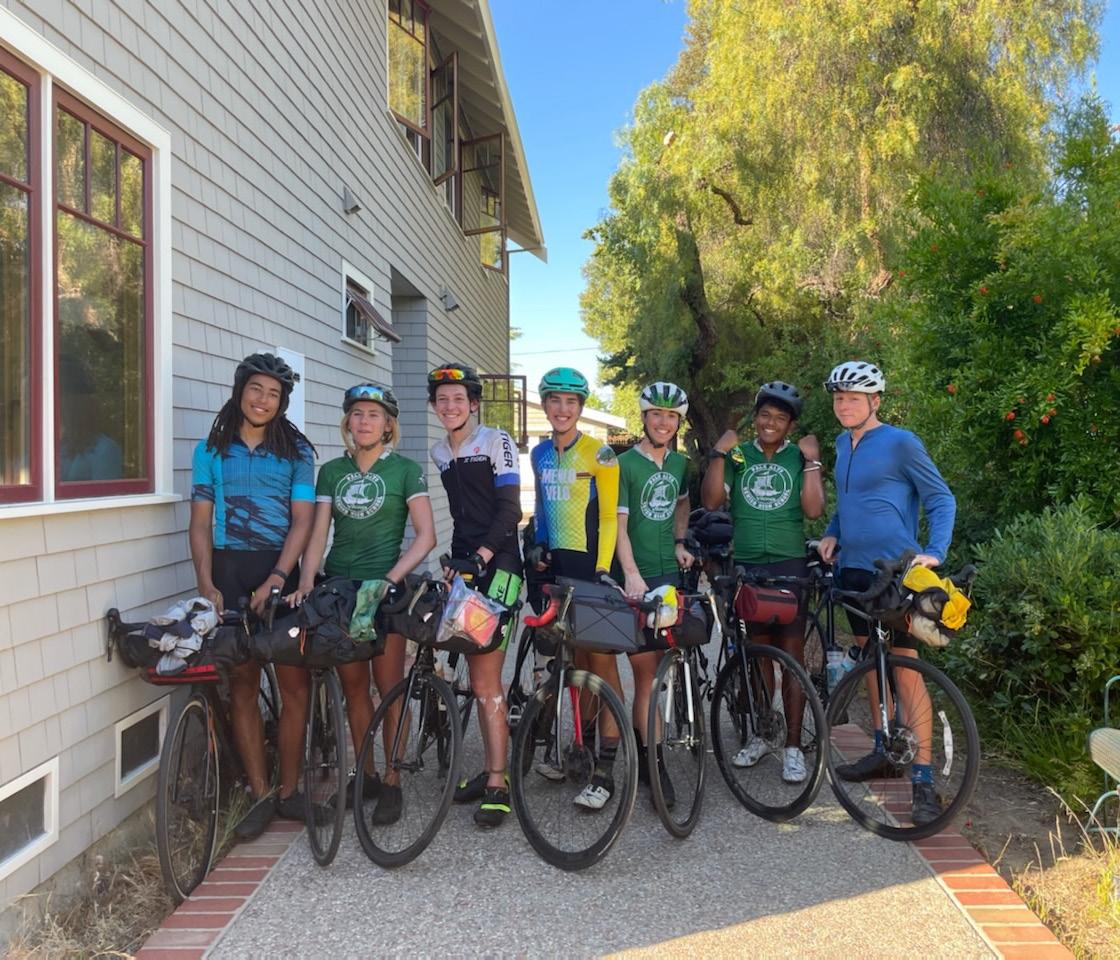
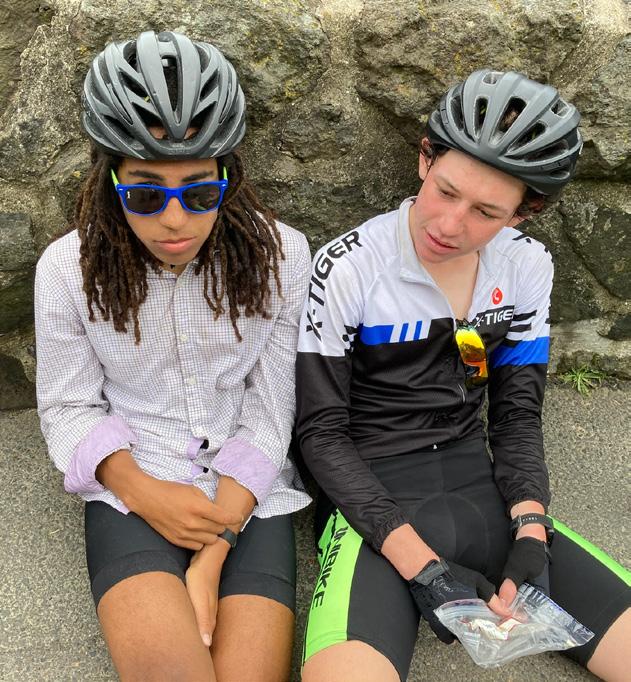
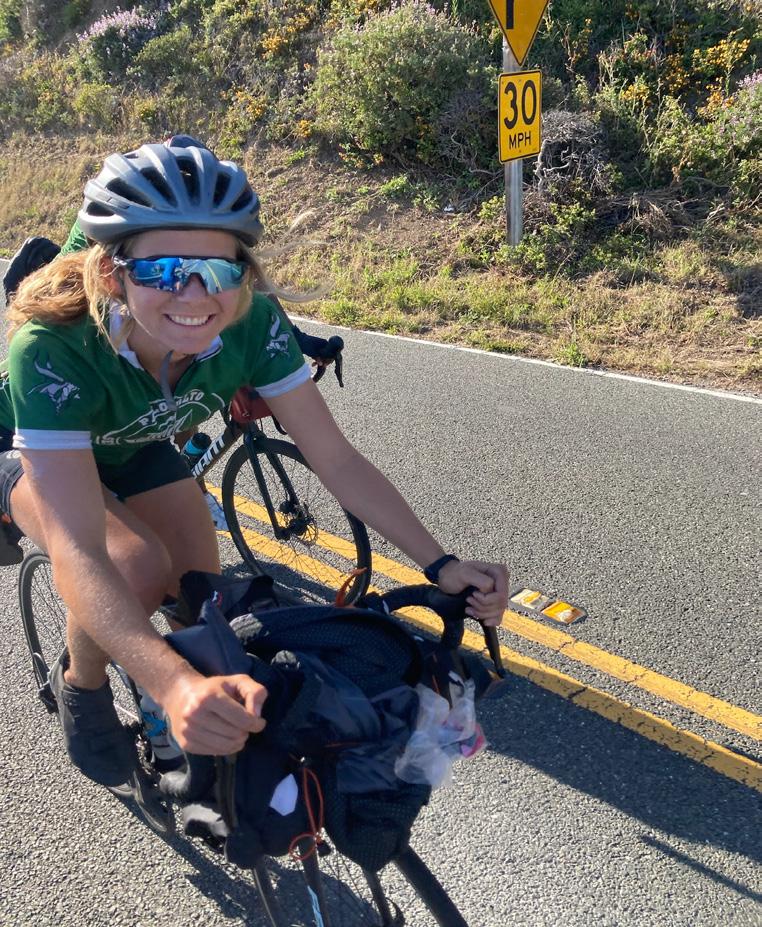
“This really killed my mood. I was really contemplating getting my mom to pick me up,” Stier said.




Successfully relying on others for support, the day carried on, filled with beautiful ocean views along the staggering 112 miles.
For their final night, they were able to secure accomdation at a friend’s vacation home in Bodega Bay. A sense of excitement was rising as they relaxed on their final night of the trip.


The group had reached the final day of the trip. Pedaling into increasingly familiar areas after a restful in-house sleep, the morale was extremely high. They could practically taste a home cooked meal, clean clothes, and a nice warm bed. Passing by Sausalito, across the Golden Gate Bridge, and finally, the trip ended in the Fetter’s driveway, greeted with a warm cheer from families and a hearty meal.

“I am unsure of how it feels to be back. I’m happy, I’m sad”
- Phela Durosinmi


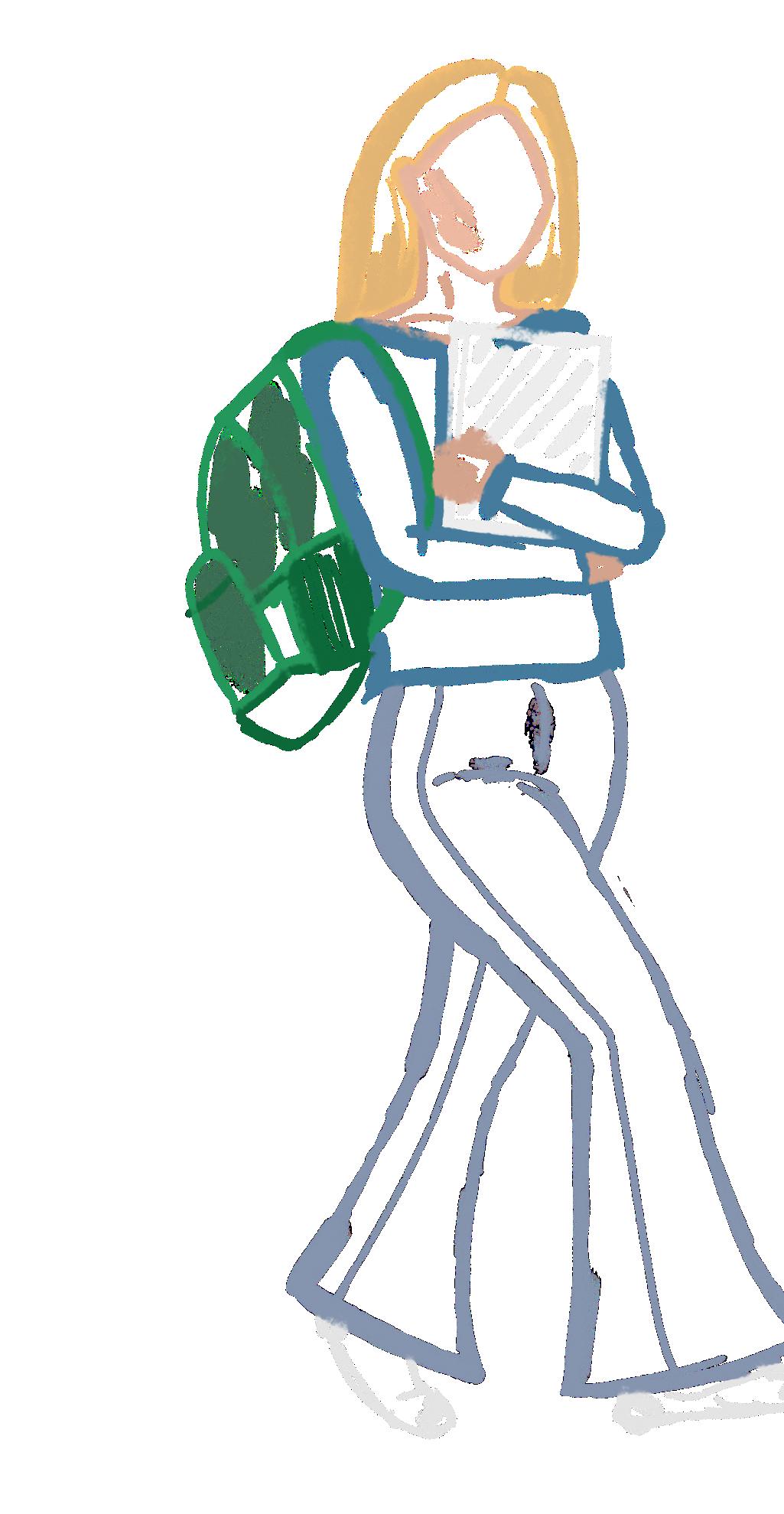
Juggling academics and athletics is a challenge that the majority of Paly has to deal with on a daily basis, which can often lead to increased stress and declined performances in both fields. An athlete’s sole focus is to be the best at their sport, yet, on the opposite side of the spectrum, a student’s primary focus is to perform the best they can at school. Student-athletes learn to balance their two priorities. However, the balance cannot be perfectly even and will always tilt towards one or the other. The great question is: which takes priority?
How skilled each student is and their goals for their respective sport play a big role in how different students prioritize academics and athletics. Athletes who are looking to be recruited for college have to make sure their grades stand out as well as have exceptional talent in their sport. Sometimes school work becomes an afterthought for athletes with professional aspirations. Social Studies teacher Eric Bloom belives that students should prioritize academics to athletics.
“The idea is that you’re a student-athlete, you’re not an athlete-student,” Bloom said.
After being a Paly teacher for over 20 years, Bloom has encountered many student-athletes prioritizing their sport over

his class.
“[Many student athletes] can demonstrate the discipline for their sport but they can’t show that same sort of discipline for their classes,” Bloom said.
Many student-athletes forget the “student” aspect of their Bloom has been emphasizing the importance of tying academ ics to sports.
According to Bloom, getting coaches on the same page about the two will create not only a better relationship between teach ers and coaches but it will create a cohesive path that leads to the same goal for the adolescents, the teacher, and the coach.
“What I would love is for coaches to be like ‘Oh you cut Mr. Bloom’s class? You’re not starting,’” Bloom said, “Or if the student has a C or a D on a report, the idea of tying their athletics to their academics I think would be nice, to get that kind of support from the coaches.”

Paly students must be very disciplined
to manage their time between academics and athletics. There are choices to be made whether to prioritize sports or school, a lot of this is dependent on if they want to be recruited for their sport or not. Lincoln Tutor, a Paly senior football player and track runner, has high hopes for his final year in high school athletics for himself and others.
“Prioritizing school is more important because not everyone can go pro[fessional],” Tutor said. “For lots of us senior athletes, morning lifts and three-hour practices make it sometimes hard to balance out school with sports.”
Many seniors are taking multiple AP classes and are getting ready for college applications. It can become overwhelming with the amount of work they are doing, but students must remember that being a student-athlete comes with a lot of responsibility.
“Especially when you have multiple APs and college applications,” Tutor said. “Honestly, it does feel like sometimes that there isn’t enough time for school
“The idea is that you’re a student- athlete, not an athlete student.“
- Eric Bloom (teacher)Photo by Tyler Wong
work, but you just have to stay up later for those days, it’s the commitment of being a student-athlete.”
It is not uncommon for sports to conflict with school. Good communication has been a recurring theme in gaining balance in one’s schedule.
“Teachers are usually very accommodating if you miss a test to play in a game, ask a teacher if you can take your test [at a different time] because of your sports, [most] of the time they would say yes,” Tutor said. “Just communicate with your teachers and coaches and come up with a solution. There are times when my college writing class conflicted with practice, but because I communicated with the coach or the teacher, everything turned out well.”

To further his academic studies, Tutor is
looking to pursue an undergraduate degree, specifically in finance or economics and as far as continuing his athletic career, Tutor is not limiting his activity in the future to being recruited.
“I definitely will walk on the track or football team, if not recruited for col-
Justin Gu, a senior at Paly, stopped playing basketball after suffering from career-altering injuries and wanting to have a greater focus on schoolwork. Before becoming a fulltime student, Gu was fairly adept at balancing schoolwork and athletics.

“It was definitely hard,” Gu said. “ I was really busy, especially during the basketball season, because there was practice for over 10 hours [per week] but then I had a lot of homework. My sophomore year wasn’t too bad in terms of school and extracurriculars. It was just having to realize
what is important to me and getting my work done, not spending too much time just goofing around and things like that.”

During his sophomore year, Gu was still able to balance his time well. He would work on get ting schoolwork done before and after practice. Many studies have shown that getting enough sleep has a dramatic effect on how efficiently a person can work. Justin Gu has personal experience with such results.
“I slept at around midnight every day,” Gu said. “I’d say that is definitely reasonable, especially during the basketball season. People just need to be able to stay focused in the time that they are working so that way, they are not dragging work on for too long.”
The decision to stop playing basketball was not an easy one. At the start of Gu’s junior year, he had knee surgery and was not ready to play for the team by the time basketball season rolled around. He explained that he was also very busy with school; after all, it was junior year, and he
“Prioritizing school is more important because not everyone can go pro. Morning lifts and threehour practices make it hard to balance out school with sports.”
- Lincoln Tutor ‘23Photo by Tyler Wong Photo of Kramer about to perform a spike
was taking four AP classes including many extracurriculars. Along with his multiple AP Classes, he was part of Silicon Valley Youth, an organization that teaches underprivileged kids many different skills. Along with his volunteer work and heavy school workload, he still found time to run his club.
“My club is a sports analytics club because that’s what I’m really passionate about,” Gu said. “That is the way I still kept in touch with sports because I am still really passionate about sports. It allowed me to apply the things I’m passionate about, such as data analytics into something else I am passionate

Looking from the teachers’ perspective, Gu believes that teachers and coaches are usually pretty accommodating. He agrees that communication is key to having teachers and coaches on the same page. When he had requests to skip practice to focus on a test or a project, they have been understanding of his duties to his sport. Gu also has impressive aspirations for his future in academics.
“I’ve only had high goals for myself academically,” Gu said. “I want to go to a top college and pursue maybe a dual degree or something. Just kind of get ahead in college so that [it] can prepare me for work life at a faster pace.”
Paly junior Alena Lotterer, dives competitively for the Stanford Club as well as for Paly. She is in the midst of the recruiting process, with a few schools showing interest already.

“I just started the recruiting process in June and hope to have a school picked out by the end of junior year,” Lotterer said. “I’m taking recruiting trips right now and talking to a bunch of coaches which is super exciting.”
At many schools, grades play a major role in the selection process for recruiting. Having below-average grades could mean the difference between a full ride
and a partial scholarship.
“I think I balance [school and sports] equally,” Lotterer said>. ”They’re the two most important things in my life that I prioritize in life above everything else. It definitely gets a little diffi cult every now and then when I have to start sacrificing my sleep schedule or sometimes it takes a toll on my men tal health, how ever, I’m continu ously prioritizing those two things. When I’m at home my focus is towards my school work and when I’m diving my focus is towards diving.”
Being a dedicated athlete requires hard work and persistence. Besides be ing skilled at the sport, a great deal of support from coaches, teachers, parents, and friends is often a necessity.
“I think the teachers are really accommodating just as long as you communicate in advance,” Lotterer said.
schoolwork, so my sports fit in perfectly.”
This balance Friedman has achieved is the culmination of years of dedication and beyond to maintain his academic and athletic success.
“First off, I am a student before I am an athlete,” Friedman said. “With that being said I need to make sure I don’t get too stressed from school, which is why I need sports. To balance them, I try to be very productive with my time. It helps me a lot having a to-do list and knowing by when I would like to get each thing done.”
Just as Friedman does, many student-athletes use their sports as a way to clear their mind of much of the stress coming from school work. On the other hand, some also use sports as an excuse not to do schoolwork or show up to class. Long-time teacher and Paly Lacrosse coach, DJ Shelton sees firsthand how athletes manage and balance their various responsibilities.
Asher Friedman is a Paly senior and varsity lacrosse player who has delt with this situation while being a recuit athlete. Already committed to Oberlin College for lacrosse, Friedman has an interesting take on student-athletes.
“I would say I prioritize [school and sports] differently,” Friedman said. “I know school is much more important but I need to stay happy so I need to play sports as well. I think because I have sacrificed most other extracurricular ac tivities, I can’t spend all my time doing


“I think I balance school and sports equally; they’re the two most important things in my life that I prioritize above everything else.”
- Alena Lotterer ‘24Photo courtesy of Ethan Harrington Photo of Harrington diving off the blocks at the start of a race
think the overall situation is a product of students either using athletics to better organize and prioritize their time, which results in better academic performance or, they see athletics as an excuse to not complete work and miss class, which results in low aca demic per formance. I know that some stu dent-athletes view them selves as only good at sports, not at school. How ever, if they just applied the same level of at tention, effort, and resilience to the classroom as they do the field, they’d find themselves succeeding in school.”
As previously mentioned, Shelton was an athlete himself when he was in high school. At that point in his life, he often had a hard time maintaining his friendships outside of his team. However, looking back, he says adequate rest and recovery should be the most prioritized above all of it.
“I’m an extrovert through and through, so this was very tough for me, and I have had to develop a strong work ethic to keep myself focused on individual tasks

so that I can enjoy socializing when I’m all done.,” Shelton said. “Student-athletes also need to acknowledge that they will not lead a ‘normal’ social life while in season. This doesn’t mean don’t have any fun ever during the season, but you need to be intentional about it and set aside a specific time when you know you can take some time for yourself. Lastly, you need to prioritize sleep over all else –– if you’re not rested, you won’t do well in school or in your games, and that will become a pos itive feedback loop quick- ly if not addressed; sleep, sleep, sleep!”
Many responsibilities rest on the shoulders of student-athletes. Being able to prioritize school and extracurricular activities is one of them.
“I have no issue with students missing class for games,” Shelton said. “Being a student-athlete is a choice and privilege, and they need to understand that they will have to work harder to make up work and teach themselves missed learning. Being a student-athlete is a privilege. It is not your teacher’s responsibility to catch

you up because you had a game.”
Teachers have a unique look into the world of student-athletes, especially if they have the perspective as a coach.
“I do think that student-athletes should be held to a higher standard of attendance and grades if they wish to miss class for athletics,” Shelton said.
Raenen Mathen a senior and varsity football player, sheds light on his experiences with his school and sports and how they have affected each other negatively.
“Practices after school lead to being tired and leaving only a few hours for homework and being tired could affect the quality of work,” Mathen said. “Being tired from practice the night before also makes classes hard and boring because you’re tired.”
Senior and varsity volleyball player Evie Kramer has had experience with sports positively affecting her mental health.
“I think my mental health is a lot better when I’m in season, just having something [to do],” Kramer said. “Again, I’m almost always in season because club starts as soon as school ends, but I definitely get a lot of mental health release and it’s a big outlet for me to do something with my time.”
For Kramer, there has also been a positive correlation between her sports and her academics. She learned to balance her time between the two for a filled schedule. Keeping busy keeps her on track.
“I think that when I have one thing after another, I am more efficient,” Kramer said. “I don’t get distracted. I don’t procrastinate. I think sports are a huge area for me; [I] output a lot of my energy and it’s a way for me to recharge.”
Students and athletes, teachers and coaches alike have reiterated that having a plan, prioritizing, and being prepared is essential to setting yourself up for success whether you are an athlete or student, or both. But in the end, each student-athlete’s division of work will be different, not only because we are each different, but because we each make our own distinct choices. Ethan Harrington, a senior at Paly and Division I commit to Princeton University thinks that at the end of the day everything comes down to the student.
really up to you — it depends on how good you are at your sport, how good you want to be at school,” Harrington said. “Everyone has the same amount of time, it just depends on what you want to do with it.”
“It’s
“It’s really up to you — it depends on how good you are at your sport, how good you want to be at school. Everyone has the same amount of time, it just depends on what you want to do with it.”
- Ethan Harrington ‘23
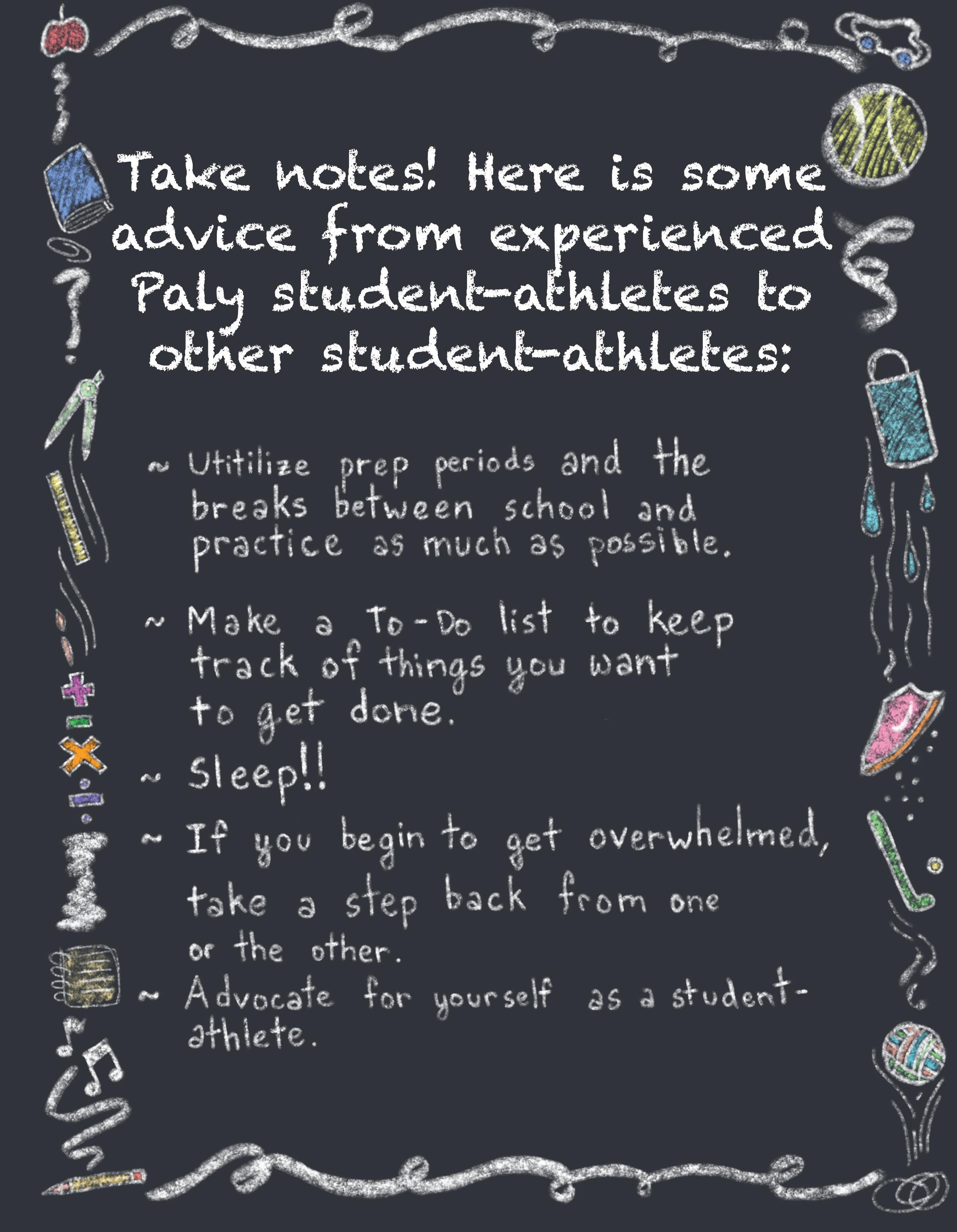
Vaping nicotine has become extremely prevalent within the Paly community, especially in athletics. Viking takes a look at the culture and effects of using nicotine on a student-athlete’s mental health, team dynamics, and academic success.

Over the last several years, the use of e-cigarettes — more commonly known as vapes — has taken the youth by storm. The sweet-smelling smoke has infiltrated school bathrooms around the nation and here at Paly.
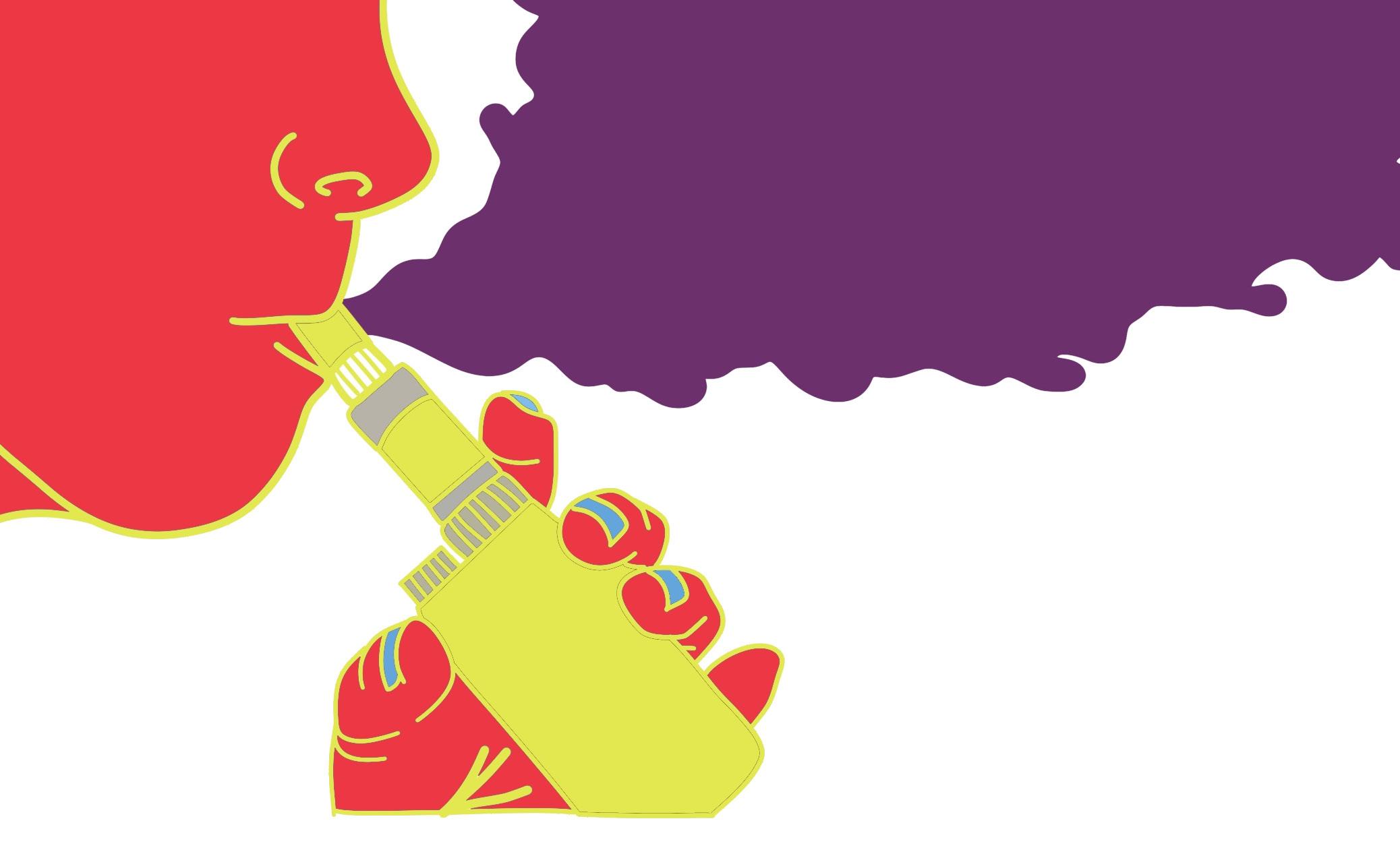
Vapes contain nicotine, a highly addictive substance that keeps people hooked and using long-term. Nicotine can come in many different forms, and numerous different devices, from Juuls to puff bars, carry the chemical.


These devices heat the liquid nicotine until it becomes a vapor to be inhaled. There are many different vape designs, including refillable or pre-filled nicotine containers or disposable cartridges that hold the liquid. With cigarettes becoming less and less popular because of high state and federal high taxes, as well as the negative social and physical stigma surrounding them, vapes and e-cigarettes have taken their place as a “cleaner” alternative. Although vaping is considered less harmful than cigarettes, because it doesn’t deliver nicotine through healing tobacco, it is still not a healthy option. The numerous chemicals, as well as the inhalation technique of these products still cause short and
long-term damage to a person’s lungs.
This lung damage is especially harmful to athletes, who rely on strong lung capacity and endurance to thrive in their respective sports. In order to be a powerful athlete, your physical abilities, including that of your lungs, need to be in top shape –– something vaping does not promote. An anonymous Paly athlete who has experience with nicotine use reflects on the negative effects it has had on their body.
“Over time, I assume that I have lost some ability of how fast and far I can run,” the student said. “My endurance has gone down.”
Other Paly athletes agree.
“I believe vaping nicotine has prohibited me from playing my sport to the best of my ability,” Another anonymous player said. “Sometimes I get a sharp pain in my chest and I feel nauseous during my practice if I have been away from the nicotine for too long.”
These negative health effects would
MOSTOFIZADEH, OLIVER MARBURG, and
“Nicotine has affected my life in many ways... I wish I never started using it.”
ANONYMOUS
ing to additional researchers.
Nationwide studies have shown that vaping has serious nega tive side effects on an individual’s endurance.
According to the Centers for Disease Control and Prevention (CDC), e-cigarettes and vapes contain harmful substances beyond nicotine. Vape aerosol consists of nicotine and ultrafine particles that are inhaled deep into the bronchial tree of the lungs, potentially leading to the development of cancer.
Vapes also use the chemical diacetyl for flavoring. Diacetyl is linked to serious lung disease and is only one of the many cancer-causing chemicals that are found in vapes. The chemical causes this disease because the smallest airways in the lung, the bronchioles, become scarred and constricted, blocking the movement of air.
Jena Hillard is a writer for the Addiction Center Organization who focuses on educating the public on substance-abuse-related problems. In 2019, she wrote the article titled: “Vaping is Crushing the Health and Dreams Of High School Athletes.” This article mentions a study performed by Massey University about athletes who vape. In the study, they found that teens involved in sports centered around a team such as baseball, football, and hockey were the most regular users of nicotine products out of all the high school sports demographics.
“I think people on team sports are more likely to use vapes because of peer pressure,” an anonymous athlete said.
There are two most common types of peer pressure: active and passive. Active peer pressure involved literally forcing others to perform certain activities –– like drinking or smoking. Passive peer pressure, on the other hand, is more subtle, and oftentimes more dangerous.
“Peer pressure is really present in the locker room and you can see how it affects
ly,” one team sport Paly athlete said. In a team environment, if the athletes want to feel like they belong, they might start vaping to conform to the group or because it makes them feel like they “fit it.” Additionally, another study, found that e-cigarette users are not just more likely to participate in team sports, but intramural and non-competitive sports too. The opposite, however, is true for smokers.
In the end, any athlete that uses nic otine products ––either in the form of cigarettes or their electric counterpart –– will feel the negative ef fects on their physical health.
At Paly, the impact of the neg ative health ef fects is not only felt by the spe cific player, but by the whole team, leading to frustration in teammates of nicotine users.
“I think that my teammates using nicotine is really detrimental to the entire team as a whole,” the teammate of a nicotine user said. “Seeing that in the locker room or whatnot is really just a bummer because we’re all in it [together] and taking it seriously. It just feels like they don’t value


it as
In addition to negatively affecting an individual’s ability and team’s performance in athletics, the addictive properties of the drug also have an insidiously harmful run-off into their academic lives.
“I have noticed that using nicotine has made my attention span decrease, especially during school,” an anonymous student-athlete said.
This, again, would be unsurprising to addiction — and specifically vaping — specialists. A study from the University of Rochester Medical Center found that vaping has a direct relationship with brain fog.

“Both adults and kids who vape were more likely to report difficulty concentrating, remembering, or making decisions than their non-vaping, non-smoking peers,” the study stated.
But why does it distract students so much from their classroom tasks?
“Nicotine starts as being a stimulant, helping kids focus until it’s all you want to do” An anonymous Paly teacher said. “It makes students very sensitive to stress, which leads them to crave it, and also makes them more vulnerable to other addictions.”
The difficulties that nicotine brings to the classroom does not escape the notice of teachers, whose job it is to help students learn the material. An article from Addiction Prevention Coalition (APC), noted the number of teachers who felt that vaping affected their classroom environments.
“I have noticed that using nicotine has made my attention span decrease, especially during school,” -ANONYMOUS



product to: the more they sell, the more money they make.

“I think that is a big issue of the vaping epidemic because kids easily can go to smoke shops and buy vapes because the sellers don’t care about us, they just care about the revenue they make off of us,” the anonymous student said.
Likewise, the evil nature of the for-profit system is seen in the children-targeted ads, which come about in the form of flavored cartridges. The aforementioned study found that out of all those who used, 85.8% were using flavored e-cigarettes. This means that nearly all nicotine users are using flavored cartridges.

In 2020, California and Florida among other states, sued Juul for the way that it advertises, claiming that the colorful pallets used in the ads were catered to a younger audience. According to a 2020 lawsuit by the Massachusetts attorney general, Juul purchased ads on youth-ori - ented websites such as Cartoon Net-
work and Nickelodeon, among others. Juul founders have been persistent in saying that their products are not meant for kids but as an alternative to cigarette-hooked adults. Additionally, the Food and Drug Administration (FDA) temporarily banned the sale of Juul products from the U.S. market in late June 2022. The decision was based on a lack of “sufficient evidence regarding the toxicological profile of the products,” according to the FDA. The ban has since been lifted, with the health agency claiming that they will do a review of Juul’s marketing approach.
The nicotine epidemic has affected millions of students and athletes across the country and worldwide, and although the FDA is taking steps to curb underage sales and teen-targeted ads, thousands more are getting addicted each day.
Many of those who choose to take that initial hit at some point in their adolescence feel a sense of remorse and hopelessness for what is to come in the future. Many of the anonymous users at Play urge others to try to stop using, and better yet, to not even take that first hit. “Nicotine has affected my life in many ways,” one anonymous user said. “I wish I never started using it because I am hooked.”
Summer is a time for fun and relaxation, but not for these Paly athletes. They spend their summer competing at some of the most prestigious events.
Arthur Balva started swimming at a mere 2 years old. He swam year-round and began to compete at 6 years old with Palo Alto Stanford Aquatics (PASA). Four years later, he moved from the Stanford site to the Rinconada site and has swam there ever since.
From the start of the summer, Balva’s schedule has been packed with practices, and meets. In the Santa Clara for USA Swimming’s Futures championship, he ranked first in the 200 fly and 200 IM and third in the 400 IM and 100 fly.
However, Balva’s swimming feats did not end there: he made the Olympic trial cut in the 200 Fly at 2:00.47.
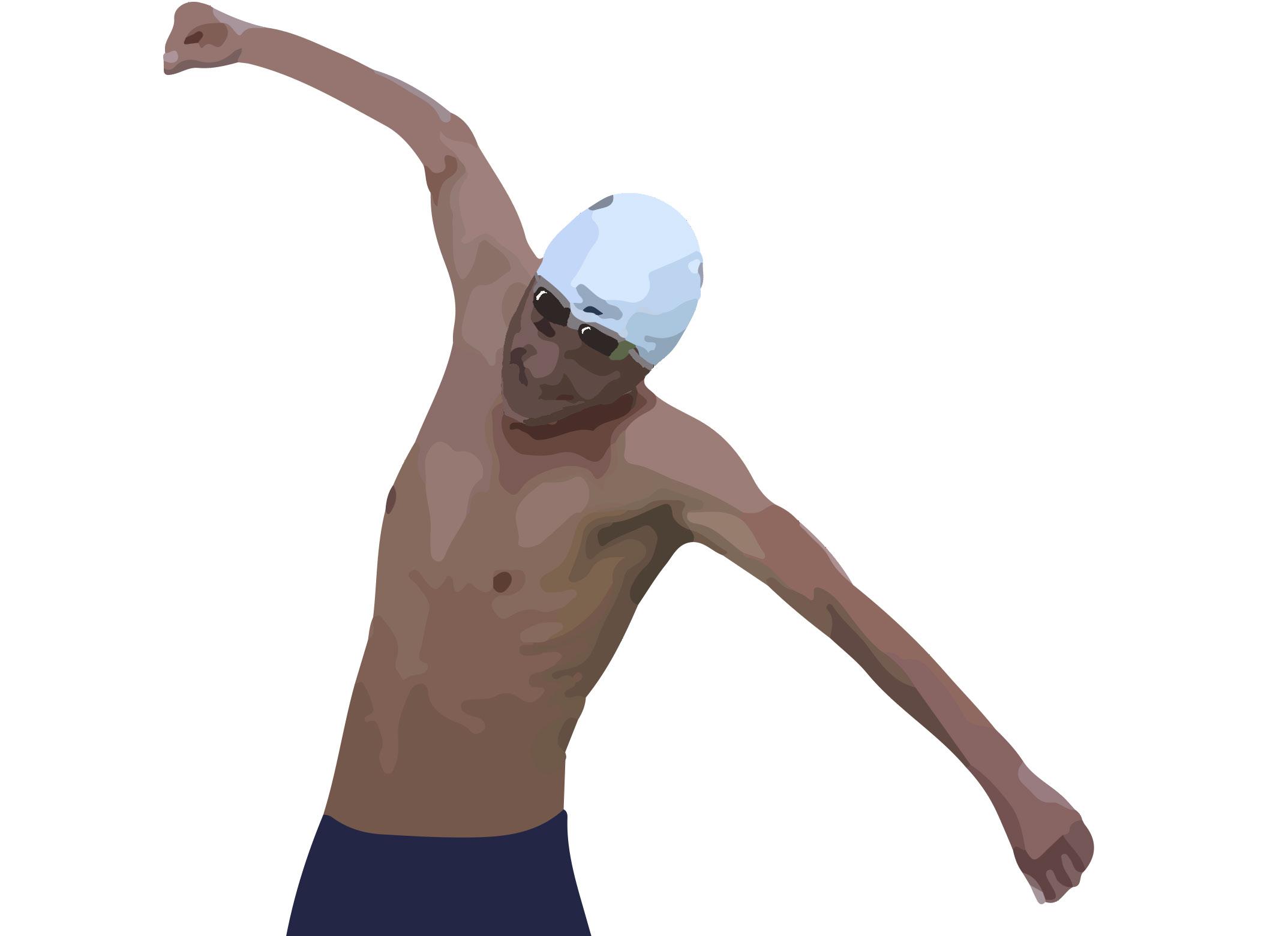
These achievements did not come easy. Balva and his team have to be at the pool at 7 a.m. sharp every day of summer vacation. For the next two hours, they swim vigorously and then have two and half more hours of dryland.

Even through this extremely intense preparation, Balva was driven and set on achieving his goal of making the Olympic trial cut. All summer long he focused on improving and training without fail.
Finally, the day of the meet, Balva was feeling confident in all of his preparation to this point, but with that confidence, came nerves.
“The 200 fly was my first event of the entire meet and was also my focal point,”
Balva said, “I had put together a series of really good 200 fly swims throughout the season untapered but I really wanted to achieve my goals which made me a tad nervous.”
However, his nerves were not reflected in his amazing performance—reaching the end of his final lap at 2:00.47.
“When I finished that race though and saw that I got my cut,” Balva said. “It was a downhill ride from there and the rest of the meet was so incredibly fun and I felt like I was surfing an emotional wave for the next three days.”
Now, he only has to wait for the final meet where the 2024 Olympic team is chosen.
“The 200 fly was my first event of the entire meet and was also my focal point.”
Jared Noyman started his gym nastics career in the Stanford practice facilities at the age of 5. It is there where Noyman fell in love with the sport he has been training ever since.

This summer, Noyman was invited to the esteemed Nationals competition in Arizona, where he faced elite-level competition. Most of the gymnasts are D1 college athletes, all with the same goal of qualifying for the USA championships.
When preparing for a competition, Noyman follows a strict schedule given by his coach that consists of a warmup, conditioning, strength training, and event training. In addition to this training
weeks, in order to get the most out of his time in the gym.
However, this plan was abandoned as Noyman suffered two broken fingers just two months before Nationals. For the following six weeks, Noyman was unable to practice his routines but found other ways to prepare for the competition.
Once he was fully healed, he quickly got back to practicing his routines. He trained intensely in order to make up for the significant time that he lost.

The week before the event, Noyman traveled to the gym where the event was held, so he can train before the actual



“Having the week to just focus on gymnastics helped me get in the competition mindset,” Noyman said. “I knew I was well prepared which gave me a sense of confidence.”
At the competition, Noyman scored 75.7 in the all-around category after the first day, including an impressive pommel horse routine. At the end of the competition, Noyman placed 5th in the nation on parallel bars for his age group, lifting him into a 20th all-around finish nationally.
Noyman looks to continue his gymnastics career and hopes to compete on a collegiate level in the NCAA.

During midterms, California voters will decide whether to legalize sports gambling via either Proposition 26 or Proposition 27. These two measures are complicated and deserve an in-depth overview.

 by GRACE GORMLEY, TAKUMI WEIMANN and IVAN IJZERMAN
art by DAVID TOMZ
by GRACE GORMLEY, TAKUMI WEIMANN and IVAN IJZERMAN
art by DAVID TOMZ
Steven Delaney, a recovering sports gambling addict in New York state, read aloud on his podcast a message from an online chat support group: “Please pray today for one of our brothers. He took his own life due to this insidious disease. He leaves behind three teenage boys. They are but for the grace of God,” he said.
Delaney, the host of “Fantasy or Reality? The GPP” (Gambling Problem Podcast), speaks openly about the dangers of sports gambling and the negative effects that his addiction has had on his life and others.
“All it did was deliver crushing guilt and despair more horrible than [my] worst nightmare,” Delaney said in an interview ith Viking. “I felt so isolated when I was in my gambling. … This disease is so serious that … now there’s a family and children and teenage kids that don’t have their father anymore because of [it].”
He says on his podcast that his main method of placing bets was using the major online betting company DraftKings. He states that the online accessibility was a large facilitator of his addiction and that it could pose dangers to others.
“I’m sure there’s going to be a whole new wave of gambling issues in NY state and wherever else this becomes legal,” Delaney said.
Delaney’s worries about online sports betting becoming legal will soon be an issue on California ballots.
Currently, if you’re a California voter, you may be seeing a barrage of ads in favor of, or opposing both Proposition 26 and Proposition 27.
Proposition 26 would legalize sports betting in-person only, at American Indian casinos and four racetracks in California. Proposition 27 would legalize online sports betting for people 21 years or older and would
also impose a 10% tax on sports betting revenues. This money will go into a fund directed toward (among other things) fighting homelessness in the state.
How did this question of gambling end up on your ballot? In 2018, the Supreme Court ruled that states could make the decision to legalize sports betting. Since then, 35 states have legalized it, according to CalMatters. Now, California is making the move, although not for the first time; in 2020, CA lawmakers were working on a deal to legalize, but they did not finish it in time for it to be seen on the ballot.
Currently in California, online betting is illegal for all sports events except horse racing. Most other gambling is generally only allowed in Native casinos and card rooms. Because these casinos are placed on land with tribal sovereignty, states like California do not have the ability to prohibit gambling, as classified by the Indian Gaming Regulatory Act of 1988.
Currently much of the discussion about these laws is about the money that could be brought in and where it will go. But this worries Delaney.
“It seems like California, just like many other states, only cares about the tax revenue that will be brought in and is not thinking about potential long-term damage … and is doing very little to nothing to address it,” Delaney said.
Currently, the California Council on Problem Gambling reports that 1.5% of California adults are disordered gamblers now (meaning they frequently gamble and lack control over their gambling). However, this data was collected from an analysis in August of 2006, so the actual current scope of this problem is only vaguely known. Delaney fears that this said scope will increase with changes to the current gambling laws.
“It’s kind of scary right now … with the sports betting expansion; I just feel like there’s gonna be a lot more people that [will] have a problem with this,” he said.
The National Council on Problem Gambling reports that the rate of sports bettors developing gambling addictions is twice as high compared to bettors playing chance-based games like the lottery or roulette.

Sports betting is unique in the way that bettors often believe that their skill and knowledge of sports will translate to higher rates of success. Although sports bettors may have slightly higher rates of winning than chancebased bettors, the idea of skill-based wins over inflates the monetary game.
According to the Professional Gambler Newsletter, even for a professional sports bettor, the average long-term winning percentage is seldom over 55% and often can be as low as 53%. The misconception of skill translating to an unrealistically high win rate for sports bettors incentivises them to come back more often. This sustained practice can often lead to gambling addictions and problems over time.
An anonymous Paly student that participates in online sports gambling agrees.
“A lot of people know that they are addicted but they physically can’t stop because they are constantly thinking of the potential amount of money they can win,” the student said. “Most people who bet know that the odds are that they will lose money rather than win.”
Along with this, online gambling is significantly more accessible than in-person gambling.
“To go to an in-person casino, you need the time and actual cash to play,” Delaney said. “With online betting, you can use credit cards and can play from anywhere. I’ve heard many people talk about betting while in the bathroom, … in the car, even on the couch next to their spouse, and no one knew they were gambling away their life savings or going deep into debt. It’s much easier and quicker to do more damage
“There’s going to be a whole new wave of gambling issues ... wherever ... this becomes legal.”
-Steven Delaney
with the ac-
“By legalizing [gambling], you are inevitably going to create harm. ” -Steven Delaney
cessibility of betting online.”

Statistics agree with this point. Numerous states have measured that, after the legalization of online gambling, the number of calls to the state’s problem gambling hotlines spiked. There was a spike in calls to the state’s problem gambling hotlines.
In New Jersey, the state’s council on compulsive gambling reported a 500% spike in calls to their hotline since online sports gambling was legalized in 2018. The Michigan Department of Health & Human Services also saw almost a 300% increase in calls to the state’s problem gambling hotline after online gambling legalization.
This means that after the legalization of online gambling, five times more people were calling in for help with gambling addictions.
This increase in addiction is one of the central arguments made by the Yes on 26/No on 27 campaign.
They also fear that if Prop 27 were to pass, more youths would become addicted to gambling. Kathy Fairbanks, a spokesperson for the campaign explains why this is.
“The accelerated speed of play and easily accessible nature of online and mobile gambling are especially attractive to youth,” Faribanks said.
The Yes on 27 campaign says that there will be provisions to prevent childhood gambling, but many critics disagree.
“Prop 27 has no fool-proof way to ensure kids aren’t gambling online,” Fairbanks said. “Every laptop, cell phone, tablet and gaming console will become a gambling device under Prop 27.”
“The more [that] sports betting and gambling is normalized, the more young people will begin to bet and… could easily fall into addiction without realizing, and could potentially be impacted for the rest of
their lives,” Delaney said.
The same anonymous Paly student who participates in online sports gambling agrees.
“It would make [underage gambling] much easier because they can use an account from a parent,” the student said.

Because online sports gambling is illegal in California, the student currently uses a VPN that replaces their IP address, making it look like they are in a different location. However, if Prop 27 were to pass, there would be fewer barriers stopping youth from accessing online gambling. This would lead to an overall increase in youth gambling, and likely an in crease in youth gam bling addictions.
“I think Prop 27 will in fact in crease sports betting at Paly because a lot of Paly students enjoy watching sports, and betting on the game makes it more entertaining to watch,” The stu dent said.
Even though gambling will be harder to enforce online, problem gambling numbers could also increase in the world of Prop 26. If it is legal to gamble, more people will gamble, and anyone gambling could develop an addiction.
“By legalizing [gambling], you are inevitably going to create harm to not only those gambling, but the people and communities around them,” said Delaney.
That risk of increasing the prevalence of this dangerous disease is a serious issue to be considered when voting.
However, it is not just the lives of gamblers that would change if either of these two propositions were to pass. In California, there are over 80 tribal casinos that operate various slot machines and card games. They also have a stake in the decision in the upcoming election, evident in the millions of dollars raised to support or oppose certain propositions.

“There’s evidence now that a significant number of high schoolers are betting,” said Fairbanks. “And it’s super easy to open an [online] account, or it would be very easy for a child to take his parents phone, if they had the app on their phone. And the company would never know that it wasn’t the child’s parents doing the betting.”
Mary-Beth Moylan, the associate dean for Academic Affairs at McGeorge School of Law notes that the nature of the gambling being online makes it inherently harder to police.
“There are provisions [in Prop 27] that say that it is only allowed for people 21 or older. [But] that’s obviously difficult to enforce in the cyberspace,” Moylan said.
As of August 20, native tribes have raised $357 million to fund one proposition or the other. Currently in California, over 50 native tribes support the “No on 27” campaign. More tribes are opposing Prop 27 than supporting it. The reasoning behind this is that many tribes could lose money were online gambling to be passed, as their in-person casinos could lose traffic due to the accessibility of online betting.
Were these tribes to lose this source of revenue, many believe it would harm tribal self-sufficiency.
“[The reason] more than 50 Indian tribes … oppose Prop 27 [is] because it is a direct attack on tribal gaming and Indian self-reliance,” Fairbanks said.
According to Proposition 27, large online gaming corporations would be required to give 10% of their money to the state as a tax. This, according to the Proposition 27 Legislative’s Analysis, could possibly increase state revenue by up to $500 million, which would go partially into funds for homelessness relief and mental health support.
This is why Prop 27 is supported by
500% spike in calls to their gambling addiction hotline when they legalized online sports gambling.
sawa Accordingtothestate’s council on problemgambling .
“A lot of people know that they are addicted, but they physically can’t stop.”
-Anonymous Paly Student
some California organizations seeking to help end homelessness.
One such organization is Sacramento-based City of Refuge, co-founded by Rachelle Ditmore. Ditmore was featured, somewhat accidentally, in an ad for the Yes on 27 campaign when the producers of the ad requested her comment on set. She initially planned simply to accompany some people who had been involved with City of Refuge’s programs to speak in the ad, but then found herself in front the camera. Despite being unprepared, the interview came easily to her because of her deep affection for the subject.
“I started talking and obviously, you can hear this is my life’s passion,” Ditmore said.
Ditmore’s organization emphasized the importance of mental health and family-oriented outlooks on homelessness.
“If people don’t address their trauma, address their addiction, address their
mento alone.
Some opponents of Prop 27 point out that California this year has already allocated a total of $7.2 billion to fund homelessness projects around the state, according to the Legislative Analyst’s Office. The highest projected amount prop 27 would raise ($500 million) is only around a 7% increase, and even that number is not guaranteed.
But City of Refuge believes the funding from Prop 27 could provide them with opportunities that other federal funding could not.
“We actually had [Olivia] as a referral from another organization, and that organization had a [federal] grant for beds,” Ditmore said.
lieves that any chance for increased funding could change a life.

“[Prop 27 may] give a chance for those that don’t get another opportunity,” she said.
But Prop 27’s revenue would not only go towards homelessness and mental health resources. Another fund that could be supported by the revenue from Prop 27 is a Native support fund, which would receive 15% of the state’s increased revenue (possibly up to $75 million). Supporters of the proposition point to this fund to explain that Prop 27

“It would make it [underage gambling] much easier.” -Anonymous Paly
ity, and had to travel over 10 miles to the nearest school. The previous tribe leaders had hoped to change the poverty-ridden life led by their community.
Their opportunity came when, in 1984, they opened a bingo hall. It was the first and only casino in Arizona’s east valley. Over time, five other tribes in the valley also opened gaming venues.
The Yavapai Nation’s business grew and in 1992, they added video poker and slot machines to their operations and were earning $3.4 million, which went to new housing, jobs, and healthcare for the native community.
But at the time, the Arizona governor was opposed to native gaming businesses and tried to get them shut down.
The six gaming tribes maintained that they were allowed to operate their casinos according to the 1989 Indian Gaming Regulatory Act (a law legalizing gambling in casinos run by registered native tribes).

Then, the government branch in charge of tribal gaming released a rule clarifying that a tribe must have a compact with the state before it can legally operate slot machines.
Immediately after this rule was announced, the governor, with the help of the US Attorney in Phoenix, raided the six tribal casinos to confiscate their slot machines, since these tribes had not yet made their compact (since the rule was just recently announced.)
They took their machines and loaded them into semi-trucks, but the members of the Yavapai nation did not plan to let their livelihood be taken away. They brought their own vehicles and blocked the path of the semi-trucks. Members of the community, native and non-native alike, came and sat together to guard the trucks while others brought them food and drinks.
Different sources disagree on the length of the standoff: claims range from five hours all the way up to six months, though the general consensus is three weeks. What is guaranteed is that the Yavapai Nation’s persistence garnered national attention.
Under pressure, the governor finalized their compact and returned the
machines. Debora Krol, a spokeswoman for the Yavapai nation, noted the importance of this act.
“The casino was critical in propelling the then poverty-ridden tribe to economic self-sufficiency,” Krol said.
Tribal gambling has been a crucial source of income for many California tribes the same way as the Yavapai nation.
“[The impact of casinos] is huge,” Fairbanks said. “They have helped tribes pull themselves out of poverty. [Tribes] have been able to build reservation schools, health facilities, even something as essential as a fire station, which many tribes didn’t have on their reservations.”
The legalization of in-person sports gambling under Prop 26 could bring revenue to native tribes, which explains why over 50 native tribes support the proposition.
Opponents of Prop 26 point out another aspect of the the proposed law: the gaming enforcement mechanisms, one of which grants people or organizations the ability to sue gambling venues if they believe illegal activity is taking place. Opponents of 26 say this provision will allow Native casinos to sue cardrooms and create a monopoly by burying their opponents under frivolous lawsuits. Is this statement true? In CalMatter’s analysis, it says that supporters of Prop 26 don’t belie that they do plan to sue competing cardrooms, but lawsuits will only affect these cardrooms if their activity is in fact illegal. Otherwise, ‘frivolous lawsuits’ likely won’t be raised, given that California has methods to deter them (such as penalizing lawyers who raise lawsuits without substantial backing).
Yet another interesting aspect voters should consider is that some believe that legalizing sports gambling could in crease the viewership of female sporting events. According to a UNESCO survey, women make up 40% of all athletes, but only receive around 4% of sports cov erage. If betting were allowed, interested gamblers would need more information on their teams and players, and perhaps women’s sports
would receive more attention.
This could allow viewers to feel more connected to women’s teams and follow their sports more closely, whether to spend money or not. This, however, would mean womens sports would be then used for the main purpose of gambling, taking away part of the essence of sports in general.
“I do not want people to be watching my sport solely for the purpose of manipulating the odds and trying to make money off of it,” senior Samantha Lee said. “People should be recognizing the women’s efforts in the sport, not for the reason of trying to make money off of it.”
Dramatic spikes in viewership of women’s sports were also not seen in any other states that legalized sports gambling, so it is generally unlikely that such a change would occur in California without a major industry shift nationwide.
“I don’t buy into this theory that allowing sports gambling would increase women’s sports viewership because I believe there’s already so many male dominated sports that would be gambled on,” Lee said. “I don’t think just legalizing gambling would inherently make women’s sports more popular.”
This November, California voters will decide whether to legalize sports gambling, and choose whether it will be online, in person, or both. There are a myriad of decisions to consider when voters are making their choice this November. To legalize gambling will inherently increase addiction, as Delaney remarks. Both measures claim to support tribal sovereignty, and different tribes (and different numbers of tribes) support different measures.
As with any vote, it is crucial to consider all sides of the equation and make an informed decision based on your own values.
“I don’t buy into this theory that ... gambling would increase women’s sports viewership.”
-Samantha Lee ‘23

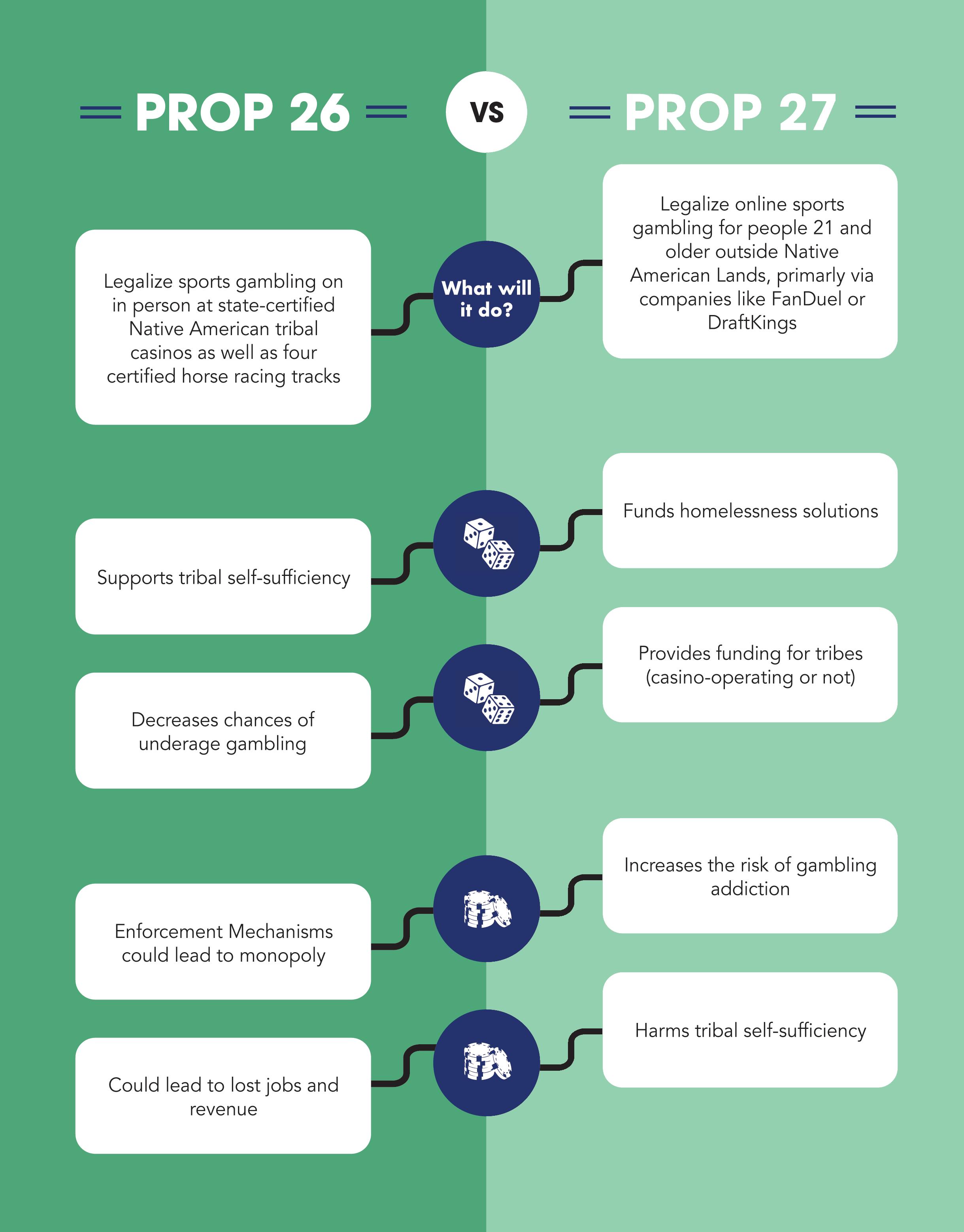 Supporters say:
Supporters say:


After 18 days of tirelessly leading his sailboat across the Atlantic ocean, 16-year-old Cal Currier, a junior at Paly, found himself in the Azores Islands; a group of volcanic islands about 1,000 miles off the coast of Portugal. There, he faced a life-threatening decision.
While exploring the archipelago, north shore winds mixed with the coastal warmth and a large storm was brewing, right along his route to mainland Portugal. Currier had to make a choice: he could either leave the Azores three days early and continue his journey eastward to Portugal –– risking getting caught in the storm and potentially setting his trip off course –– or he could stay stranded on the Azores for another 17 days, with no money, and no support from family and friends.
Currier now holds the world record as the youngest person to ever sail solo across the North Atlantic Ocean. Although a mind-blowing achievement to the rest of us, Currier found that breaking this record was not the most meaningful part of the trip. In fact, he had no idea that he was even breaking a record until he had already left.
The journey truly began months before Currier even touched the water. The idea was born in the car on the way home from Thanksgiving dinner with his family while discussing summer plans. Currier’s brother proceeded to suggest the possibility of sailing across the Atlantic Ocean.
Although for most families this would seem quite far-fetched, for the Currier family, this is not a novel idea. Both Currier’s grandfather and father had embarked on their own trips across the Atlantic in their twenties, and his family has always been adventurous. To the Curriers, the crossing of the Atlantic is a rite of passage, of sorts. After his brother mentioned this venture, the seed was planted in Currier’s mind. Watered and fed by desired dreams, Cal became obsessed.
In Mid-December, Currier flew to Boston, Massachusetts to look at potential
boats for his voyage. Currier met a man selling his boat on the east coast.
“This guy who sold it to us built it for the sole purpose of sailing to Bermuda, but he got too old and decided to sell it,” Currier said.
“So we bought it from him.”
The man was selling the boat for only $12,000, quite cheap for boats with similar abilities, and although it needed some fixing up, it was the perfect single person boat for his solo journey.
Most sailors spend about $300,000 of their savings to purchase a sail boat, and most aspiring sailors spend five years of their lives getting the experience to sail across the Atlantic Ocean.
Currier and his family did it with less than $25,000 out of the bank and seven months out of a year. They even made most of the money back when they sold the boat.
Paly senior Will Rowell heard about the young teen crossing the Atlantic in June, and was intrigued to hear about the fi nancial process of this feat.
“It's amazing that he was able to go on this trip using such a low budget and still make it all the way to Portu gal,” Rowell said.
Before buying his boat, Currier had to do a lot of preparation. He had dab bled in sailing lessons before, but was now spending many hours a weekend learning the ins and outs of sailing.
“I was going to sailing lessons for about 16 hours a weekend, eight hours a day,” Currier said.

He learned how to tie knots. He learned how to lift a sail. He learned how to read the wind. He learned how to map his nautical miles and direction using complicated sailing maps and how to identify numerous kinds of fish and sea creatures. Cur rier and his father — who had become very invested in the journey — started seriously considering the summer ad venture across the Atlantic.
sea wind in his hair and the sea spray in his face training, was one minute away from his schoolwork. As a second semester sophomore, the struggle of balancing school with sailing lessons became prominent

“Outside of the long weekends I would also watch about one or two hours of sailing every day on YouTube, so I definitely put more time into sailing than homework, which wasn’t great for me school-wise,” Currier said.
Almost sooner than expected, it was summertime. After months of hard work, Currier felt himself swept along by his vision, with each building block falling unexpectedly easily into place.

soon as summer started,
flew
“As
I
to
"I was intellectually static because there was nothing to think about because I was experiencing the same thing every day, and I was also emotionally raw"
- CAL CURRIER



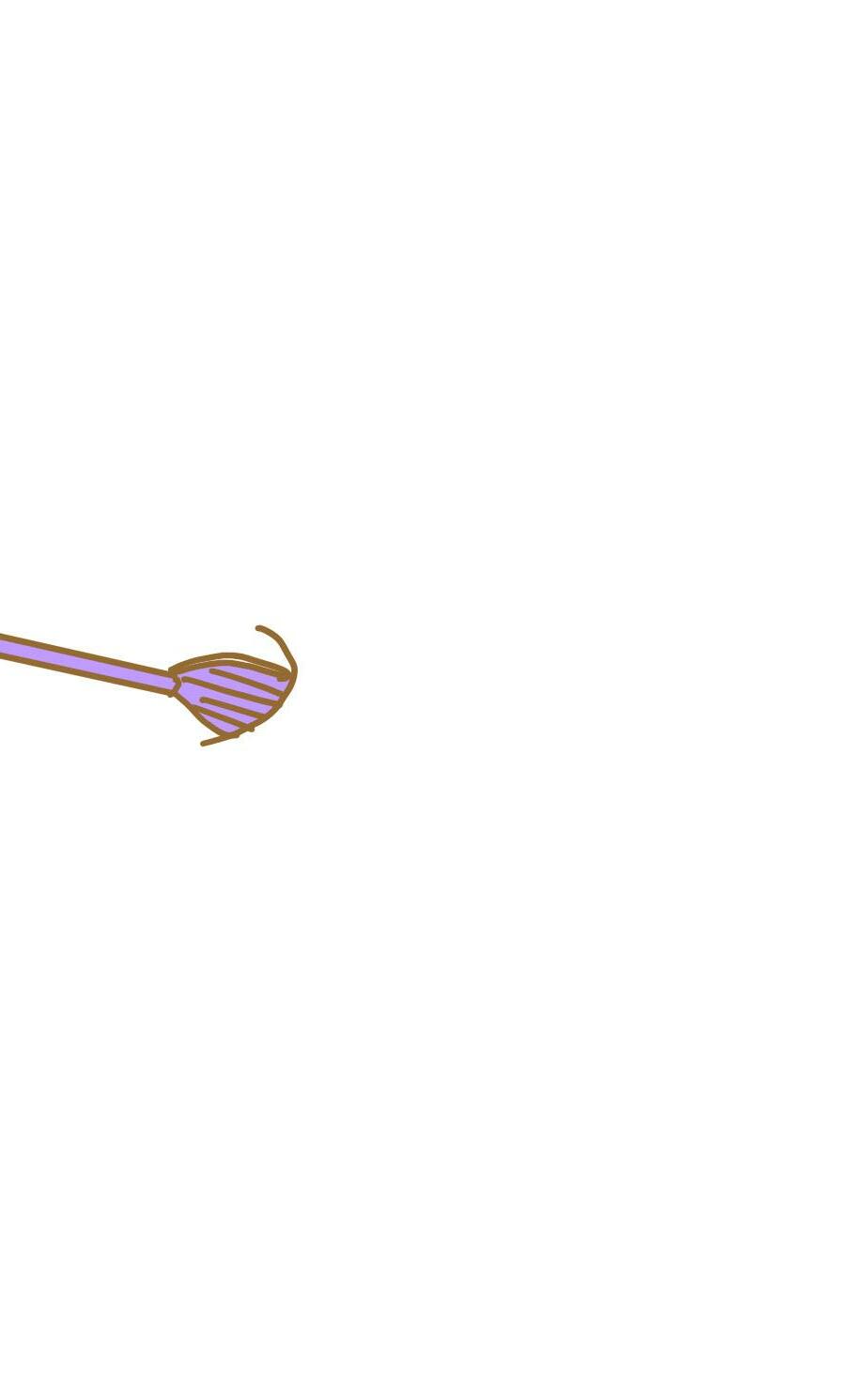


West Point, also known as the United States Military Academy, was founded in 1802, just a decade before the United States would declare war for the first time.
Fitness tests, however, date back to the year 1858. They intended to evaluate the fitness of aspiring American military cadets. In those days, Cadet Candidates (CCs) had to perform a 15-foot wall climb, 15 hands high horse vault (5 feet), 10-foot ditch leap, 1 mile run under 8 minutes or 2 miles run under 18 minutes, 4.5-mile walk in 1 hour, and a 3-mile ruck in 1 hour with 20-pound ruck, arms, and equipment.
Nowadays, the test –– and the academy –– look a lot different. Not only have women been seen on campus since 1976 (changing the paradigm of the fitness test), but the physical standard has likewise shifted.
The USMA website states that “The CFA is a test of strength, agility, speed, and endurance. It is used to predict a candidate’s aptitude for the physical program at the service academies.” Editor-in-Cheif Jackson Martin feels that the physical rigorousness of the standards of the USMA will provide an exciting challenge.
“I’m excited to test my abilities,” Martin
said. “I think that it’s going to push my limits and I’m gonna be stepping out of my comfort zone. I’m just going to push myself as hard as I can and do my best.”
CCs must complete a basketball throw from their knees, pull-ups, a 40-yard shuttle, 2 minutes of sit-ups, 2 minutes of pushups, and a mile run ––in the listed order. Each segment requires a three-minute break after it, and an eight-minute break before the mile. All exercises must be supervised by a PE teacher or other certified instructor.
Additionally, both the pull-ups and push-ups must be filmed and submitted to the West Point application portal for admissions officers to check for the proper form.

West Point publishes maximum or “top” standards in addition to the average standards for each exercise and gender. See the chart below for these
numbers and how you would compare.
“After seeing the maximum performance score, it really showed me how hard it is,” Martin said,” It really shows how much time and effort it takes to put up such high performing scores,” Here at Viking, the staff is full of athletes that excel in their respective fields –– whether it be cross country, swimming, football, water polo, or field hockey — but how will they perform with these rigorous tests? Will they pass the standard of the United States Army?
By comparing the test results of staff members to said maximum and average scores, we will evaluate their readiness and fitness, and how they would shake up in comparison to a regular applicant.
First, contestants tried the basketball throw. Although this seems like a relatively basic exercise, the staff found it
“I think that [the test] is going to push my limits ... I’m just going to push myself as hard as I can and do my best”
-Jackson Martin
much more challenging than expected. A CC is required to sit on both knees and twist their upper body, throwing the basketball forward with one hand. The throw measures upper-body strength and throwing-arm ability which at the surface seems pretty straightforward, but throwing a basketball while sitting on both knees is quite the challenge.
The maximum West Point standards for the basketball throw are 102 ft for men and 66 ft for women. The average standards are 67 ft for men and 41 ft for women.
Staff members Ivan Ijzerman and Martin did the best out of the whole staff, throwing 44 and 63 feet respectively. Both, however, are still below even the average standards for CCs.
“Being on the water polo team helped
me with the basketball throw because I was used to the motion of throwing the basketball,” Ijzerman said, “The challenge was really difficult and it made me realize how difficult military training really is.”
A similar trend was seen for other upper-body exercises: nobody was able to reach the average pull-up or push-up numbers for their respective genders, except Yasmin Friedrichowitz on pull-ups. According to staff member Elizabeth Fetter, this is because the upper-body exercises are more challenging than the others.
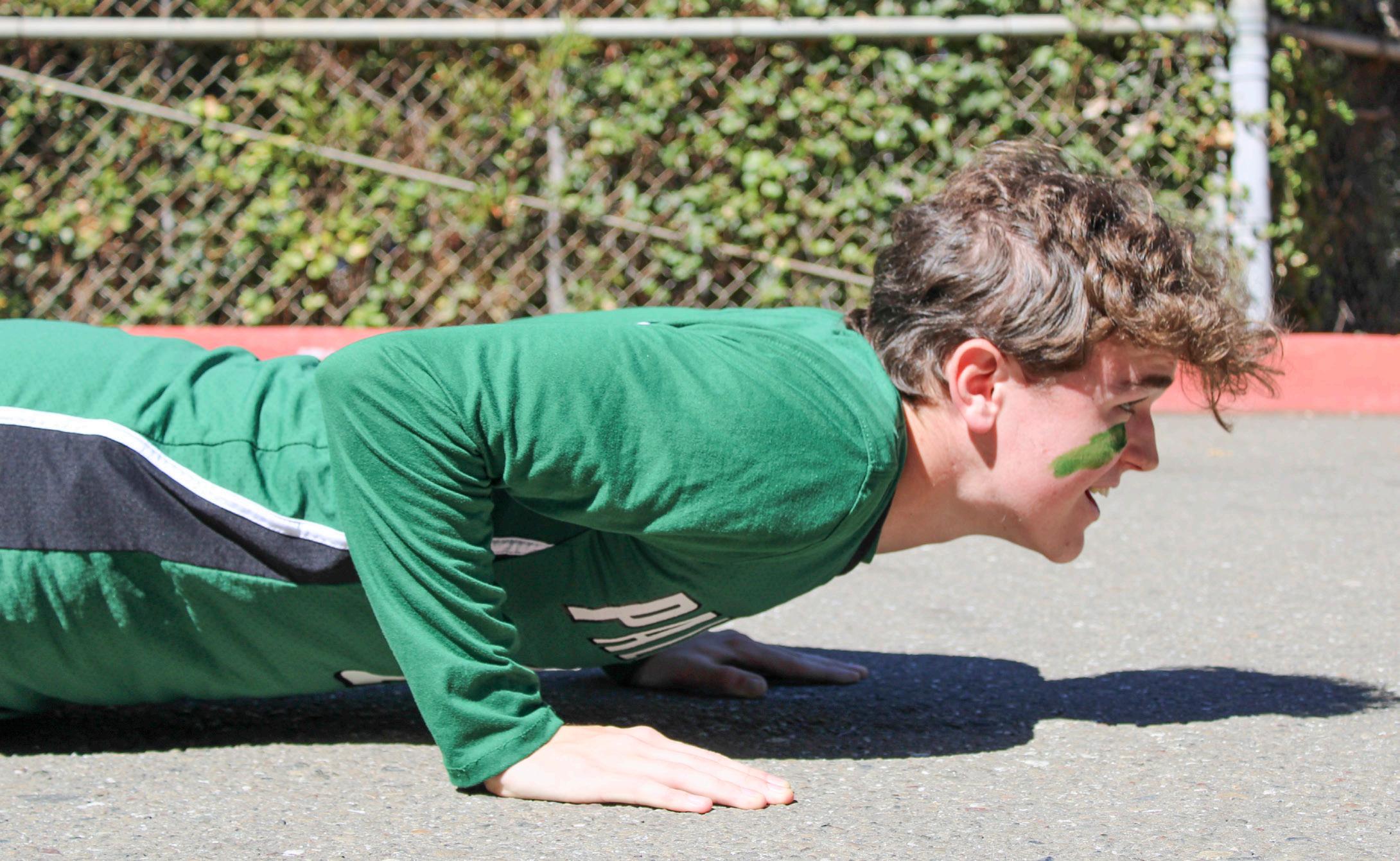
“I was worried about the pull-ups and the pushups because they take a lot of upper body strength,” Fetter said. “I think a lot of sports prioritize endurance and leg strength through running. There are
hardly any sports I can think of –- besides weightlifting or wrestling–– that are solely, or even mostly arm-based.”
It seems like Fetter’s theories hold, as most staff members were able to meet or even exceed the standard for the sit-ups and mile run.
“I think the sit ups coming after the push ups are kind of a stress reliever,” Martin said,” The situps were a good way to cool down and prepare myself for the run.”
In addition to depicting the larger overall trend of strong lower bodies and core, and weaker upper bodies, the fitness test also showed the more specific prioritization between sports. Martin and Ijzerman, basketball and water polo players respectively, did the best relatively on the basketball throw. The sport of basketball trains athletes for throwing and shooting: the same that was being tested in this exercise. Likewise, water polo is a sport that prioritizes a similar motion to the throw.
“I thought that being in shape to run up and down the court would help me in running the mile. I was a little disappointed in my performance based on the fact that I played basketball,” Martin said.
Similar trends are seen in other areas. Fetter is a runner, compete for Paly in
“I think that the fact that everyone at the Academy has to pass this test just to get in shows that [West Point] has very different standards than a civilian college,”
- Elizabeth Fetter
both cross country and track and field. Friedrichowitz, a swimmer, has been a long-time runner, competing in middle and early high school. Fetter far exceeded the average time for runners; running faster than the maximum standard of 6:00.

“I knew that I would have the running one down because that is my kind of sport,” Fetter said. “I hope that can carry my score and make up for any lacking from other categories.”
What Fetter is referring to as “carrying her score,” is the idea that West Point admissions compiles the test results for
an overall score out of 300 points. The reason why no minimum is posted –– besides not wanting to encourage cadets to service for a “minimum” standard –– is because there isn’t one. If a cadet scores very poorly on the pull-ups, for example, they can make up for it by excelling on other exercises.

“I was surprised by how hard the average times were. This just shows how high the military standards are,” Marburg said.
Even with this “averaging” notion, however, CCs cannot score “zero” on any category. This speaks to the physical fitness and rigorousness of the school and the test.
“I think that the fact that everyone at the Academy has to pass this test just to get in shows that it has very different standards than a civilian college,” Fetter said. “It means everyone at the school is going to be in at least pretty good fitness shape, which is neat.”
Based on the results from the Viking staff, nobody would pass the test with glowing scores. Ijzerman reflects on how this fact has changed his mindset since before the test.
“I have a lot more respect for those people that put in the time and effort and work to get into the military,” Ijzerman said. “I think that’s a really hard feat and it takes a lot of practice. Maybe if I kept training for a couple of years I could make it, but I’m just not fit for it right now.”
Overall, this test has assured Viking staff of the rigor of the Military fitness test and increased the estimation of the school and students that attend West Point.
“I have a lot more respect for those people that put in the time and effort and work to get into the military”
-Ivan Ijzerman
*Bolded numbers are stats that exceeded the average standards set by the militaryPhoto courtsey of Malcolm Slaney
In the world of athletics, parents are crucial to a child’s commitment to their sport. Parents drive their kids to practices, pay for equipment, and are often their number one cheerleaders.
At any sporting event, you will likely see a crowd of passionate parents screaming from the sideline, behind the blocks, or in the stands.
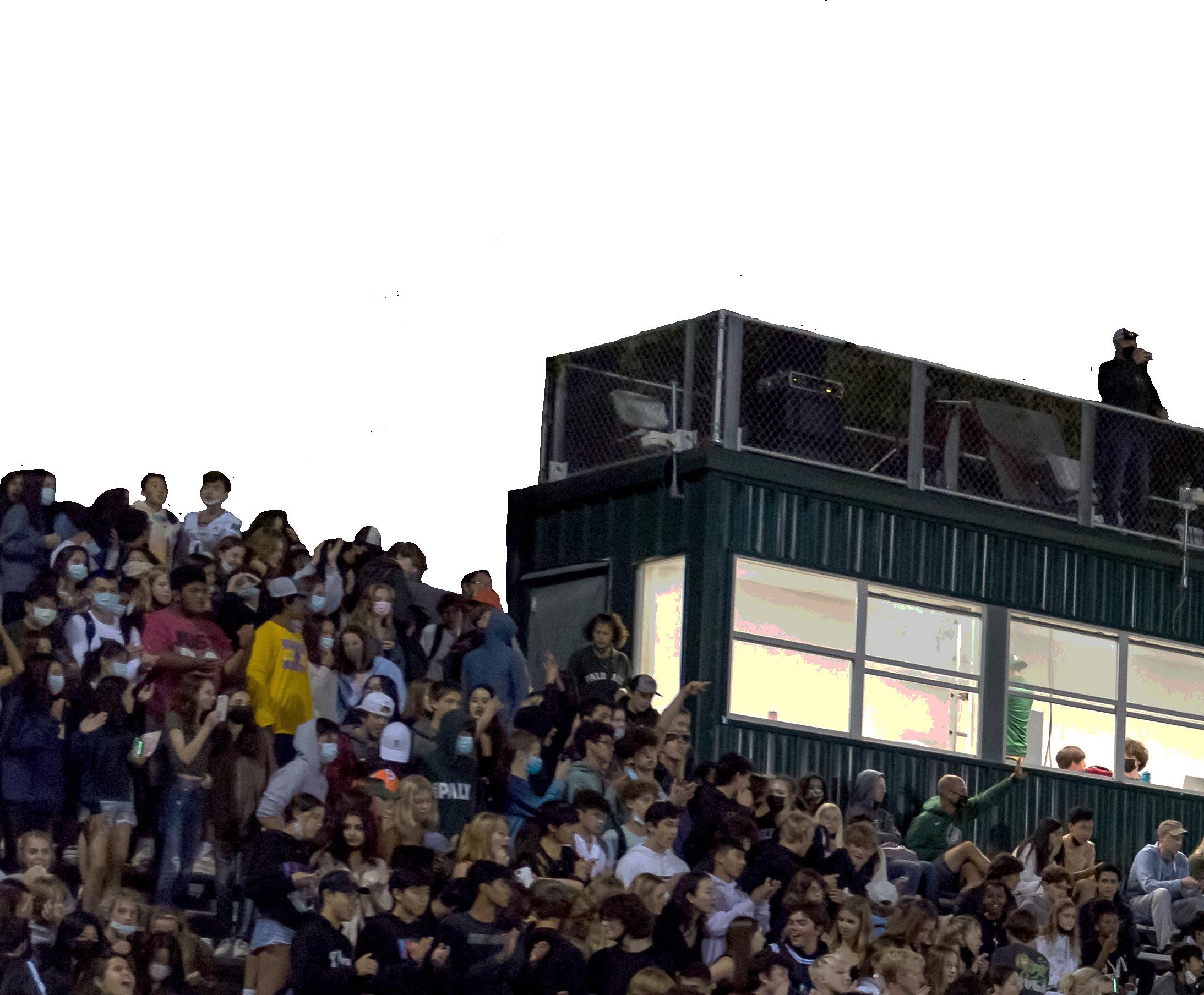
The most stereotypical are the “soccer moms” and “baseball dads” who, like any parents, want to see their child succeed.
tions like this typically lead to an ejection). Not only is unnecessarily unfair toward the umpire, these explosions cause embarrassment for their child, and make other parents and coaches uncomfortable. Society frowns upon –– but accepts –– when a child throws a temper tantrum, be it in sports or because they didn’t get the biggest slice of cake, they are children after all. But when an adult does this? We tell them to grow up and find some maturity.
dad’s hip, stands there dripping while the screams and saliva shower their face. Who would find that fun? Swim meets and other sports in general are for the kids to improve, have fun, and develop as people. Being yelled at for losing or not improving – even though you tried your best – is not only not fun, but what kind of message does it send to your child? What kind of person are you going to turn them into? If your young athlete needs feedback, leave it to the coaches.
Photo courtsey of Karen Ambrose HickeyPALO ALTO UNIFIED SCHOOL DISTRICT
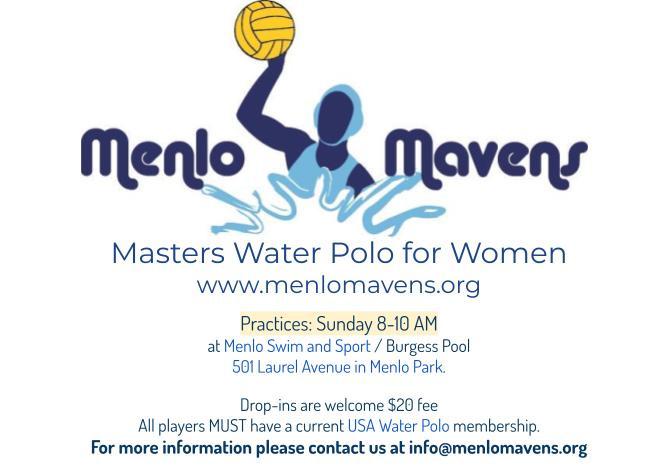
PALO ALTO HIGH SCHOOL

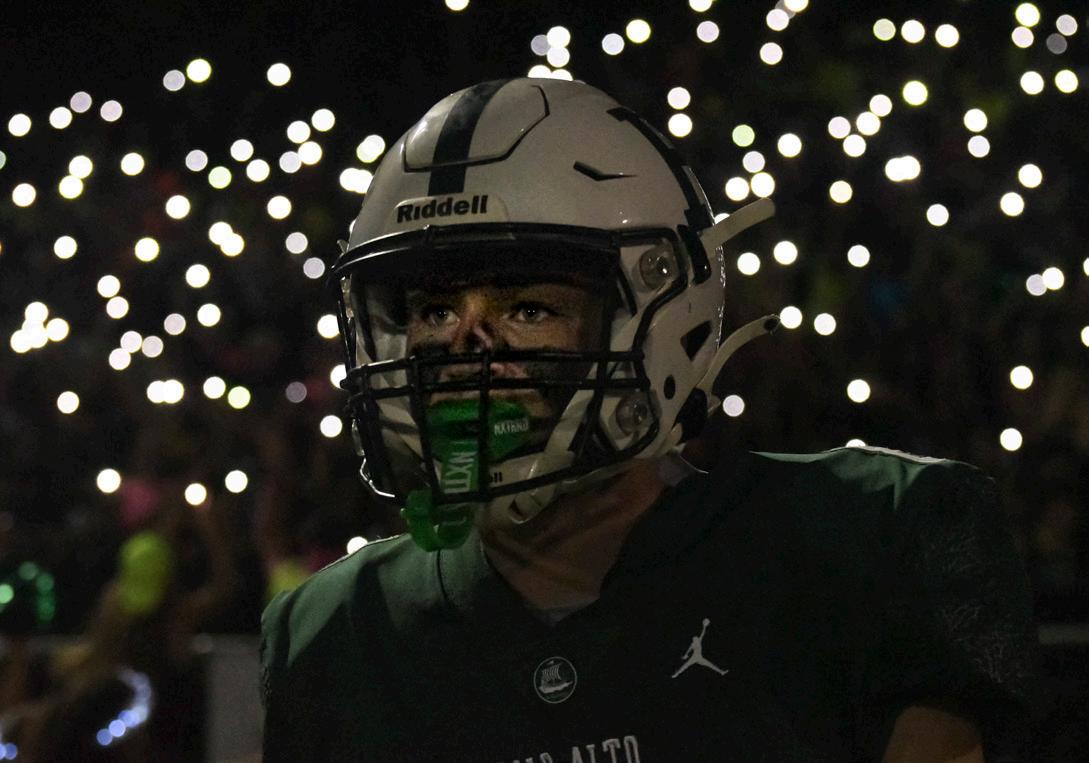
50 EMBARCADERO ROAD
PALO ALTO, CALIFORNIA 94301

